Rafael Nadal's French Open is the individual sport equivalent of the Golden State Warriors

Before the competition began, the juggernaut wasn’t simply declared the favorite; it was divined that only a titanic upset would prevent victory. From the first game, it became clear that the hype and expectation had been justified. A series of opponents struggled to mount anything resembling resistance; this dynamo possessed too much power and too many options. Round after round, the drama resided not in the outcome, but in how the greatness would reveal itself. Finally, the inevitable coronation felt, at once, like a celebration and letdown. So it is with dominant champions.
But we save a discussion of the Golden State Warriors romp through the NBA for another time. Today, let’s consider the individual sport equivalent: Rafael Nadal’s inexorable run through the 2017 French Open draw, winning the title for the 10th time. Nadal, of course, is a brilliant tennis player; and has been since he broke through as a precocious teenager. But on the clay of Paris, he elevates to another level. The man is to the burnt orange terre battue what Phelps is to water, what Bolt is to polyurethane. With his preferred surface underfoot, Nadal is unconquerable.
50 parting thoughts from the 2017 French Open
Clay accentuates all that is right with his game. His sizzling lefty spin gets an extra kick. He can deploy his unique blend of offense and defense. It is the ideal surface for the brutality and athleticism he brings to bear, slow enough to allow extra time to retrieve shots, fast enough to allow his offerings to penetrate the court. What’s more, the best-of-five format of majors plays to Nadal’s persistence. It seldom happens, but if an opponent gets hot for an hour or so, Nadal can withstand the onslaught.
Twelve years since Nadal’s first French Open victory, his opponents still seek answers. “It’s like, how do I possibly beat this guy?” Pablo Carreno Busta, Nadal’s countryman and quarterfinal roadkill, told reporters. “That’s not the right question to ask yourself during a match.”
However combative Nadal can be when he plays, he is otherwise almost pathologically self-deprecating. Before the tournament he resisted admitting he was the favorite.
“Revenge is not a word in my vocabulary,” he said. Asked repeatedly during this tournament about his prospects winning and the history at stake, he gently ducked the question by saying, “Math was the one subject in school that I failed.”
Tennis world reacts to Rafael Nadal's 10th French Open victory
Pity this. Because, having exhausted the inventory or superlatives, numbers were the best way to tell the story of Nadal’s dizzyingly high level. In seven matches, he dropped no sets and just 35 games, while winning 116. He somehow managed to win a higher percentage of points on his second serve than on his first serve, using his twisting second serve to force opponents off the court and slay them with his forehand on the second shot. Even with leisurely pace of play—including the elaborate ritual he undertakes before serving—he blazed through his seven matches in just 12 hours and five minutes, less time than any champion in decades.
Perhaps the most significant number: Nadal did this the same week he turned 31, once thought to be dotage in the dog years of tennis. Because of Nadal’s full-bore style, the longstanding conventional thinking was that his tennis odometer would roll over quickly. Indeed his career has mirrored the trajectory of spin-laden shots, ducking and then darting up unexpectedly. Before Sunday, Nadal hadn't won a major title since 2014. When he withdrew from last year’s French Open on account of a wrist injury, many wondered whether would play again, much less win.
Even Nadal seemed uncertain. As he said as recently: “The biggest challenge was to get back to confidence. When you are playing and winning matches, then you have things that come very automatic….When you are out for a while, you need to recover all these automatic things that make you play easier.”
Top 100 photos from the 2017 French Open
Angelique Kerber
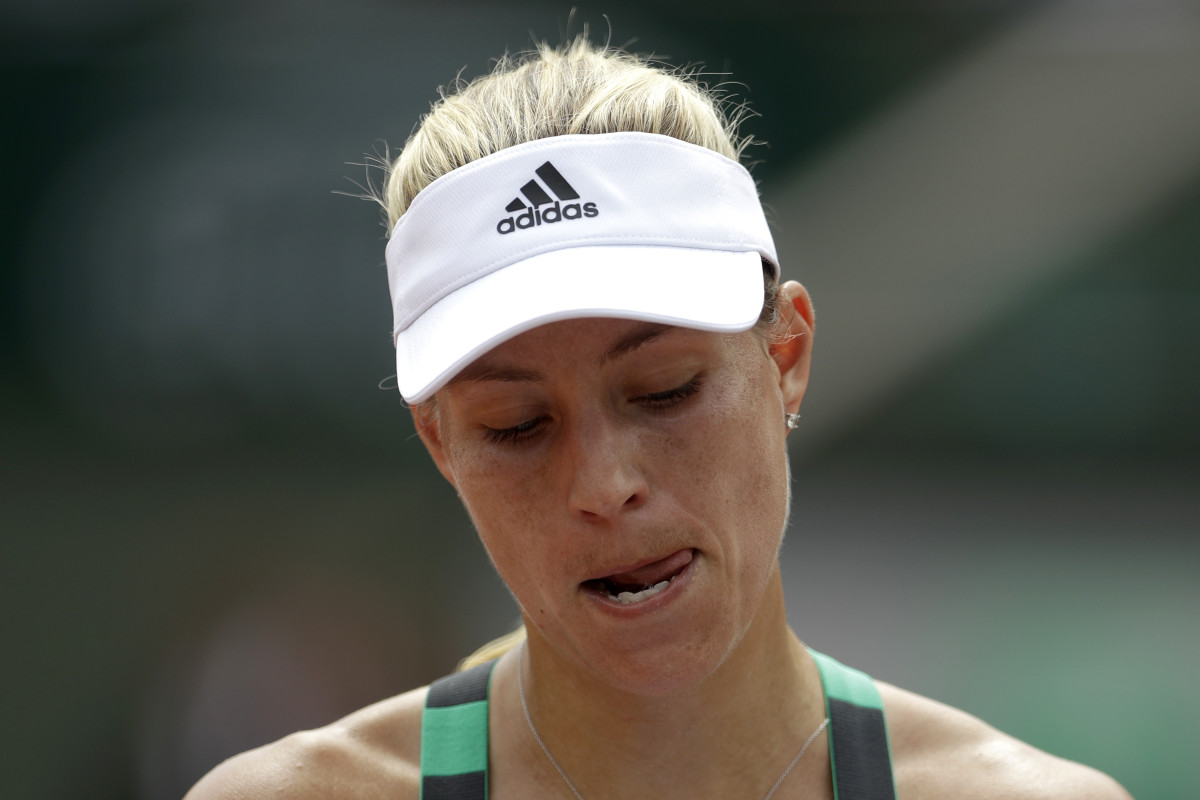
Alexander Zverev

Garbine Muguruza
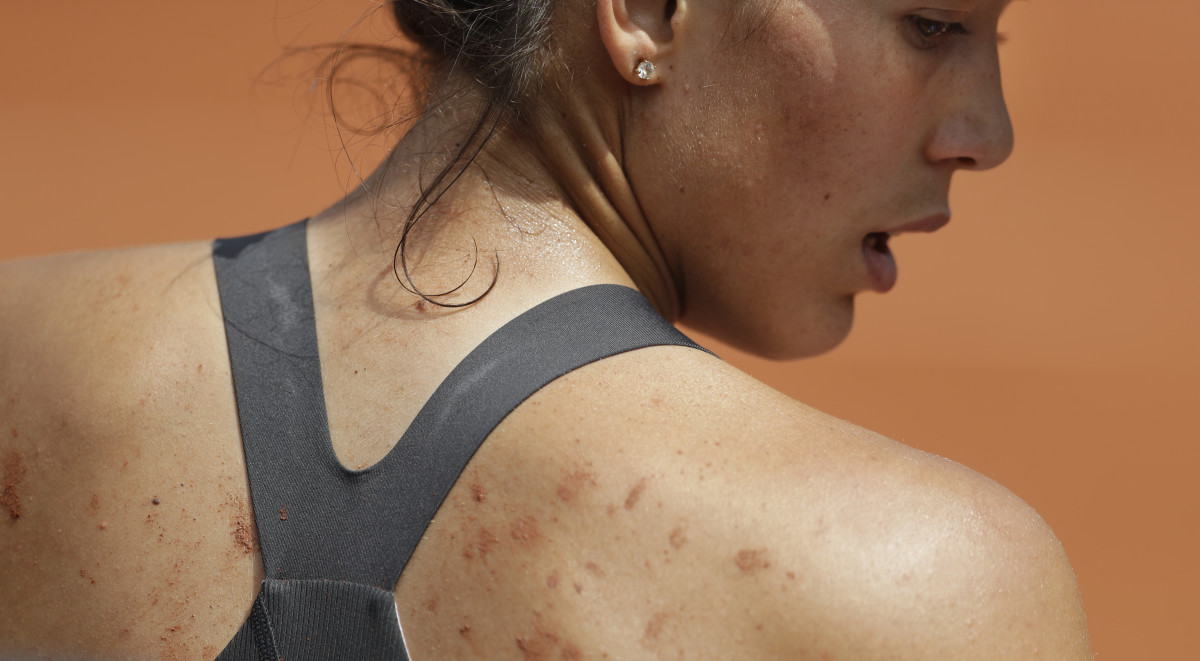
Nico Almagro, Juan Martin del Potro

David Goffin

Juan Martin del Potro


Timea Bacsinszky
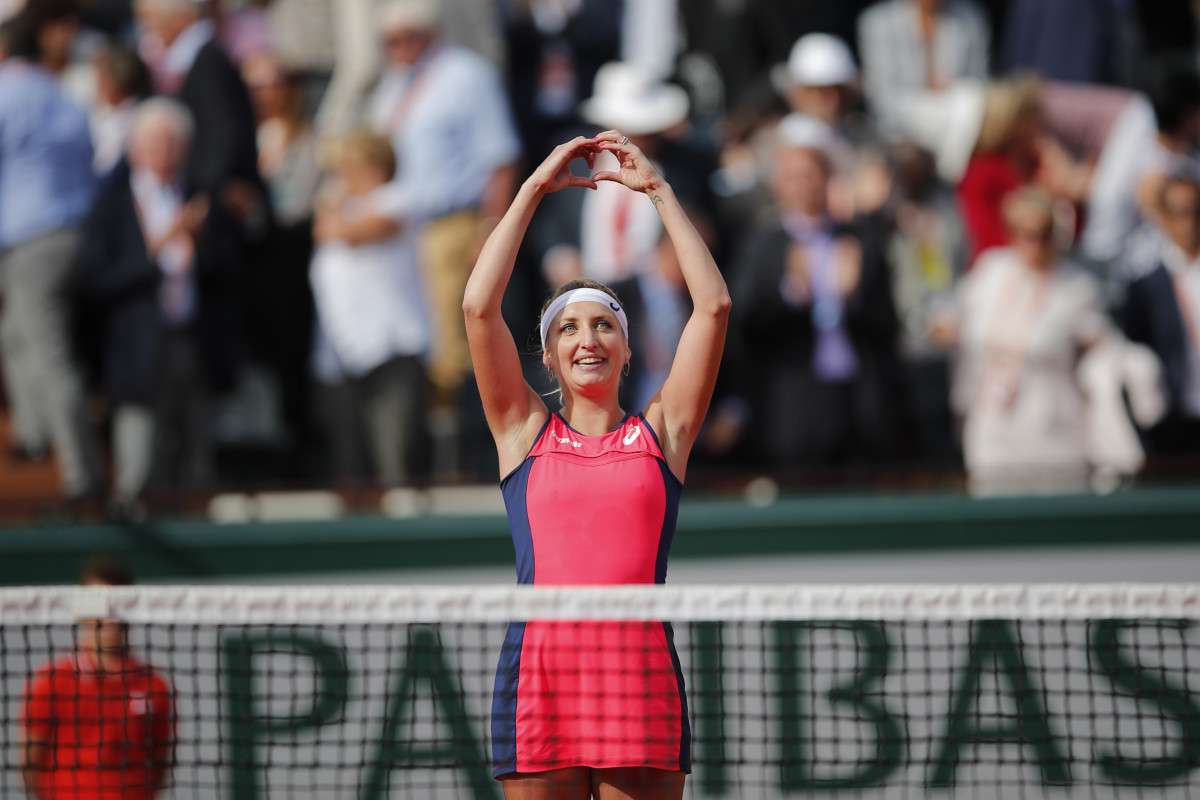
Caroline Garcia
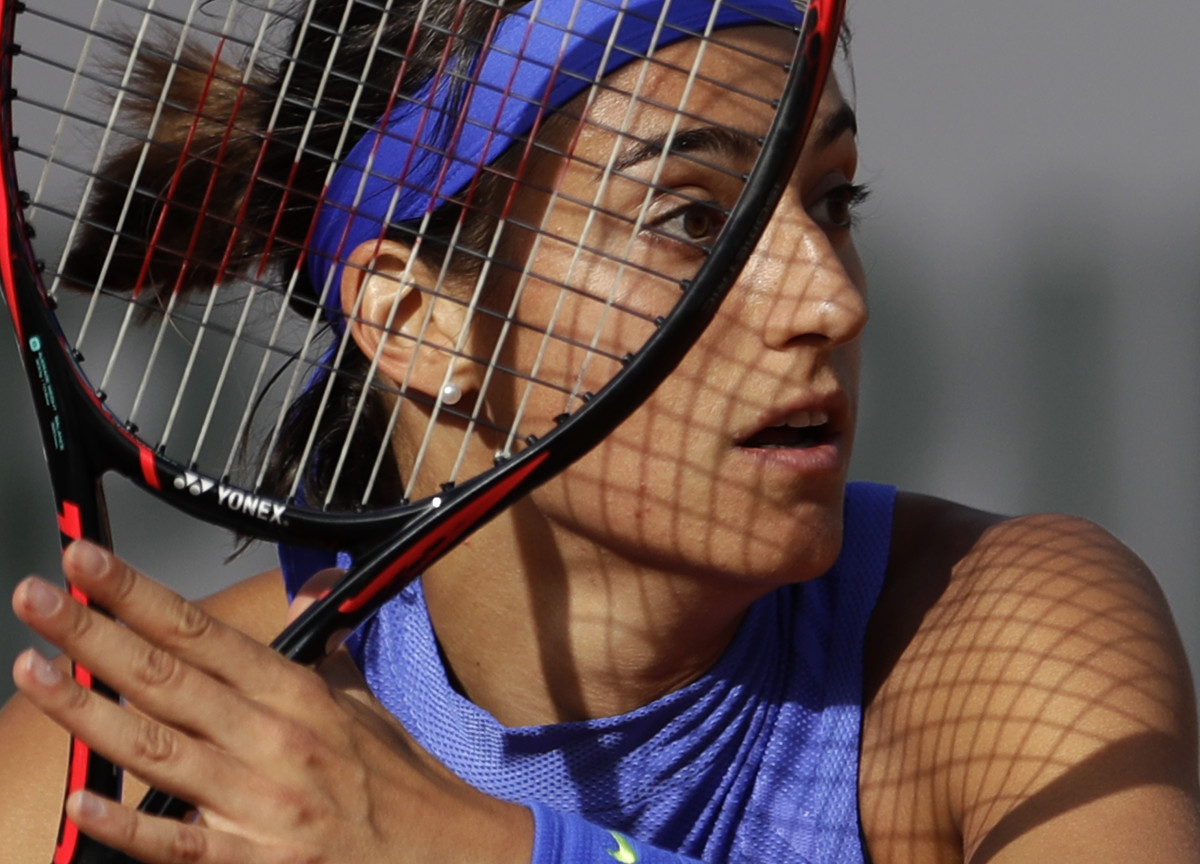
Stan Wawrinka

Francesca Schiavone
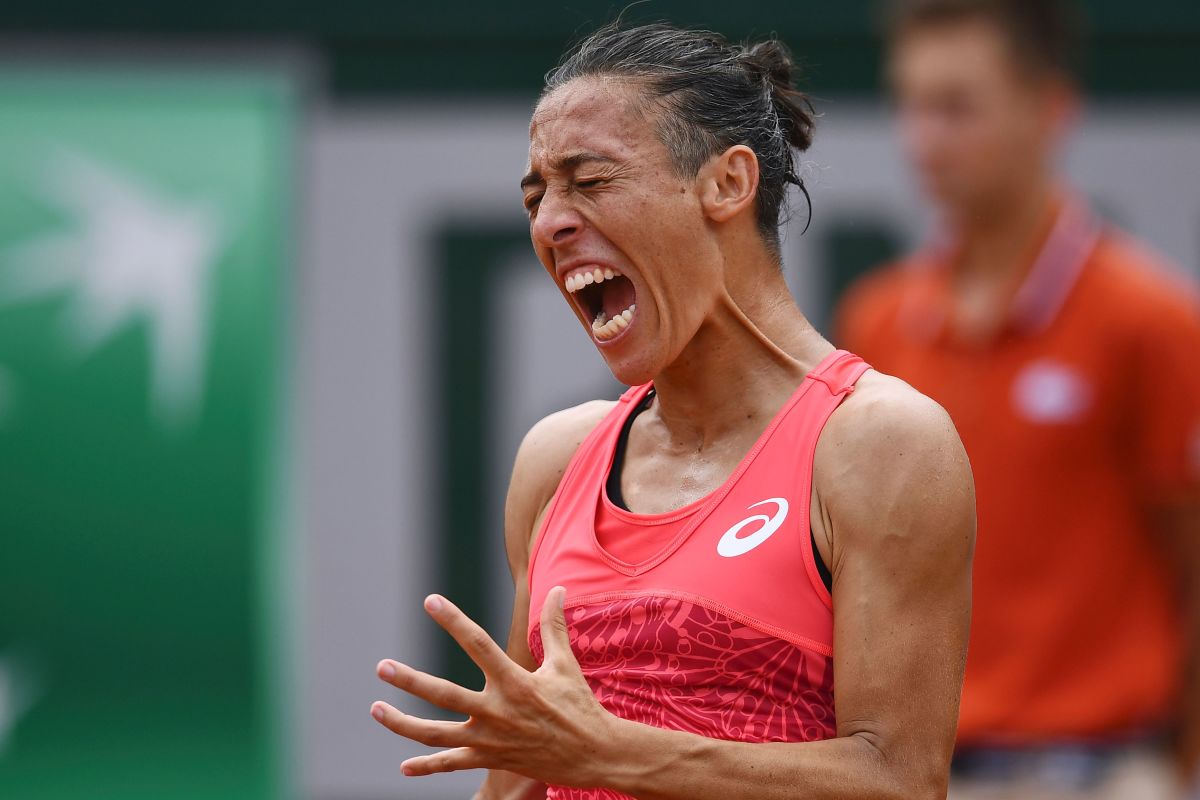
Nick Kyrgios

Alexander Zverev
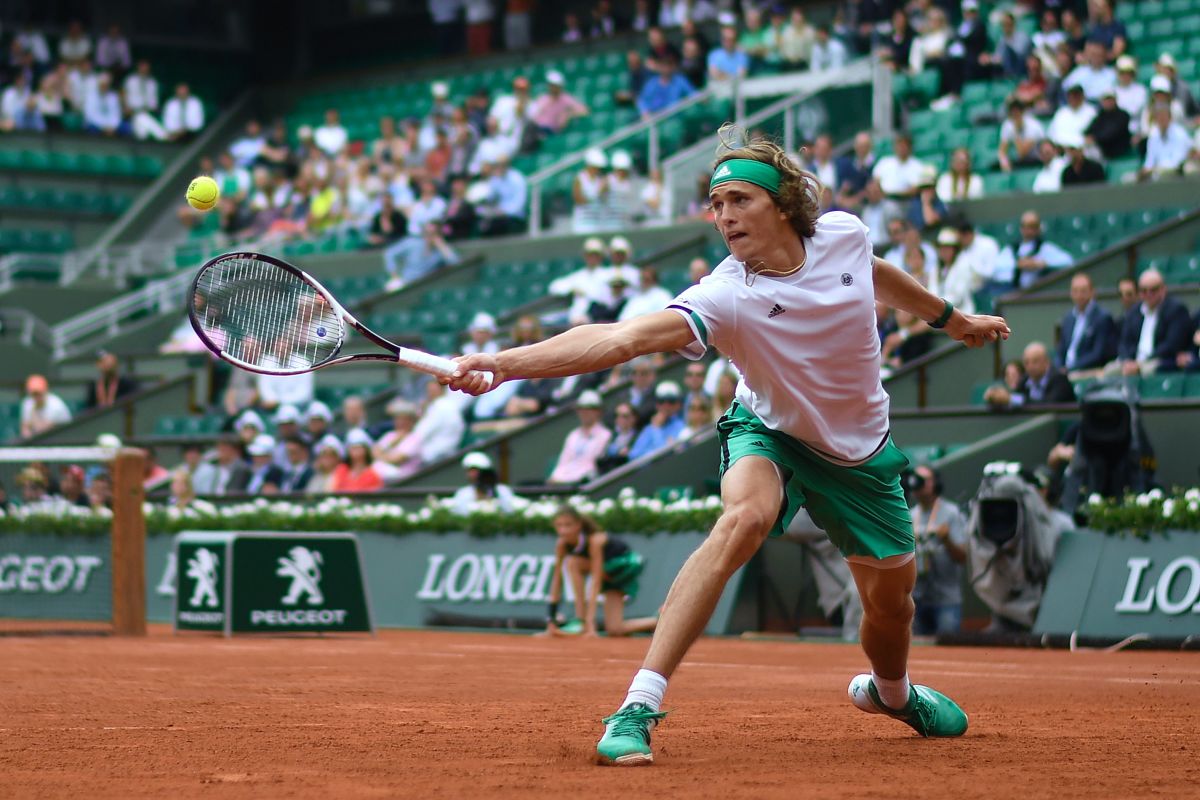
Alexander Zverev

Fernando Verdasco
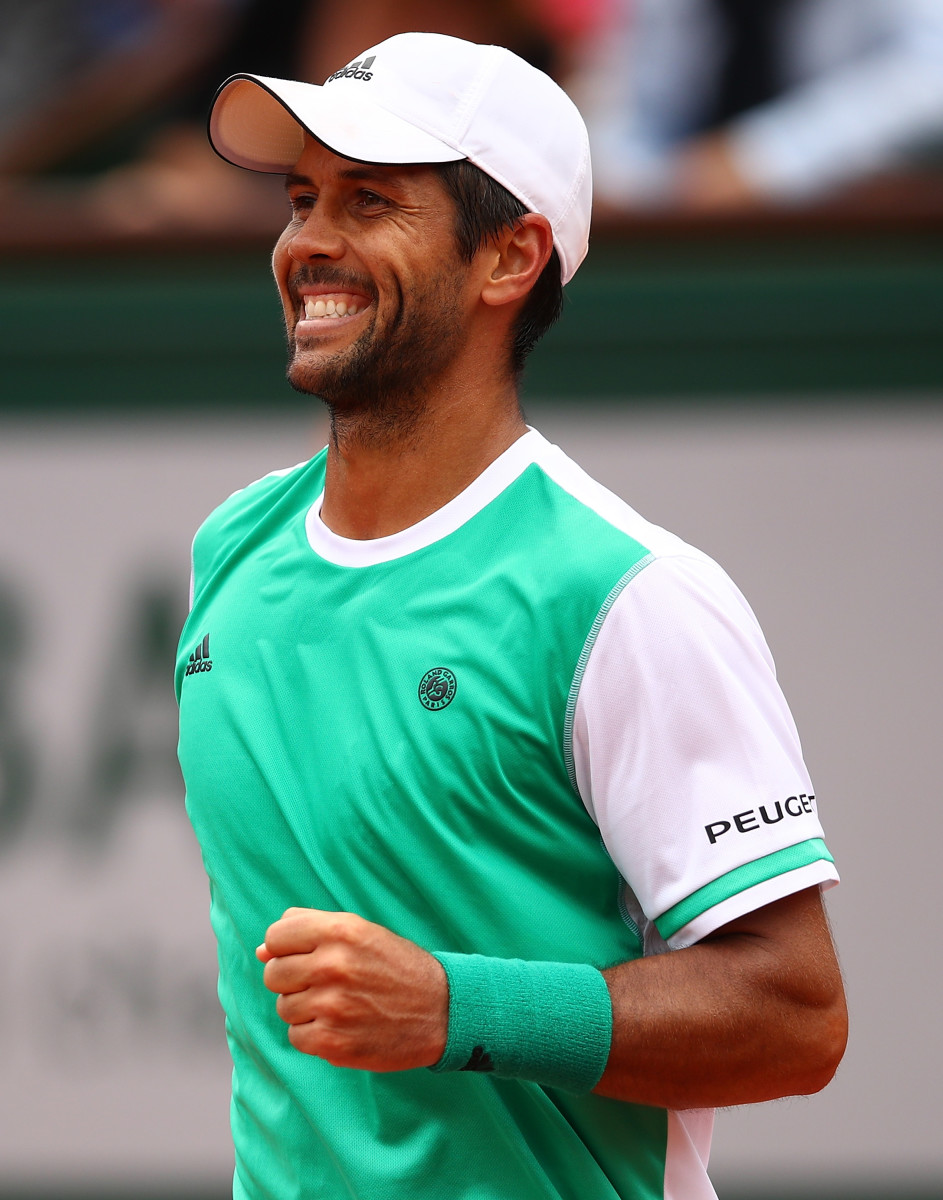
Alexander Zverev
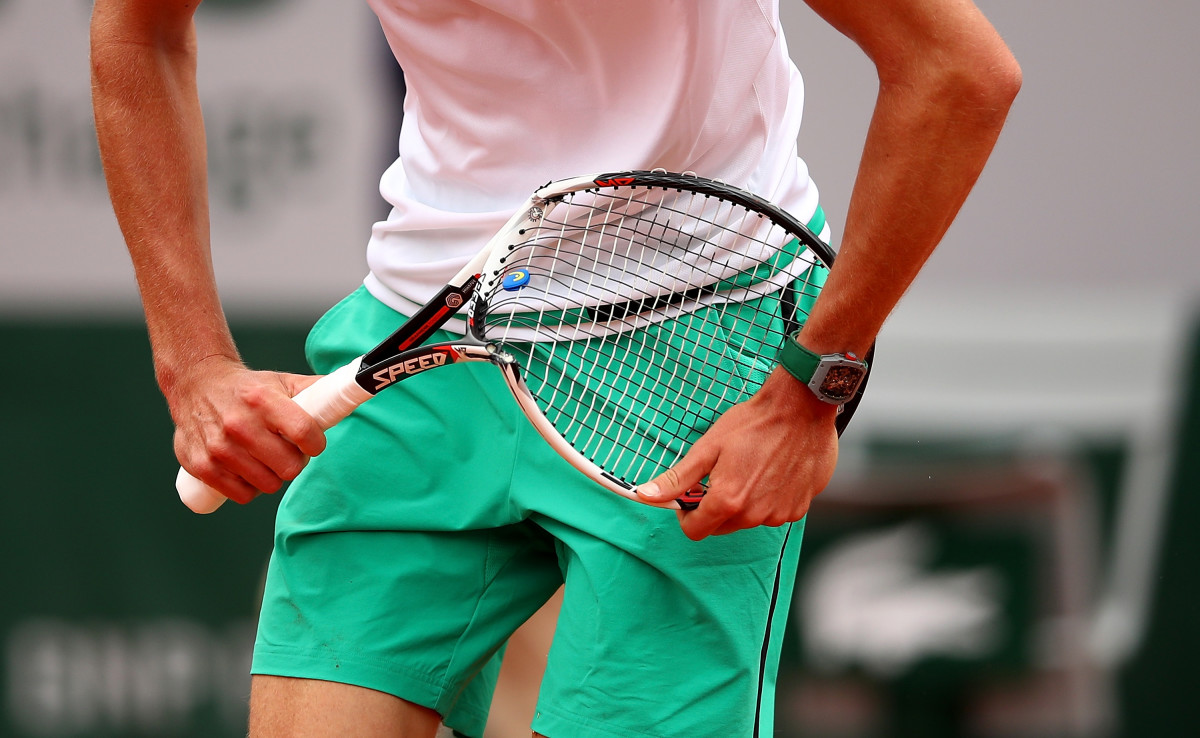
Kiki Bertens

Garbine Muguruza
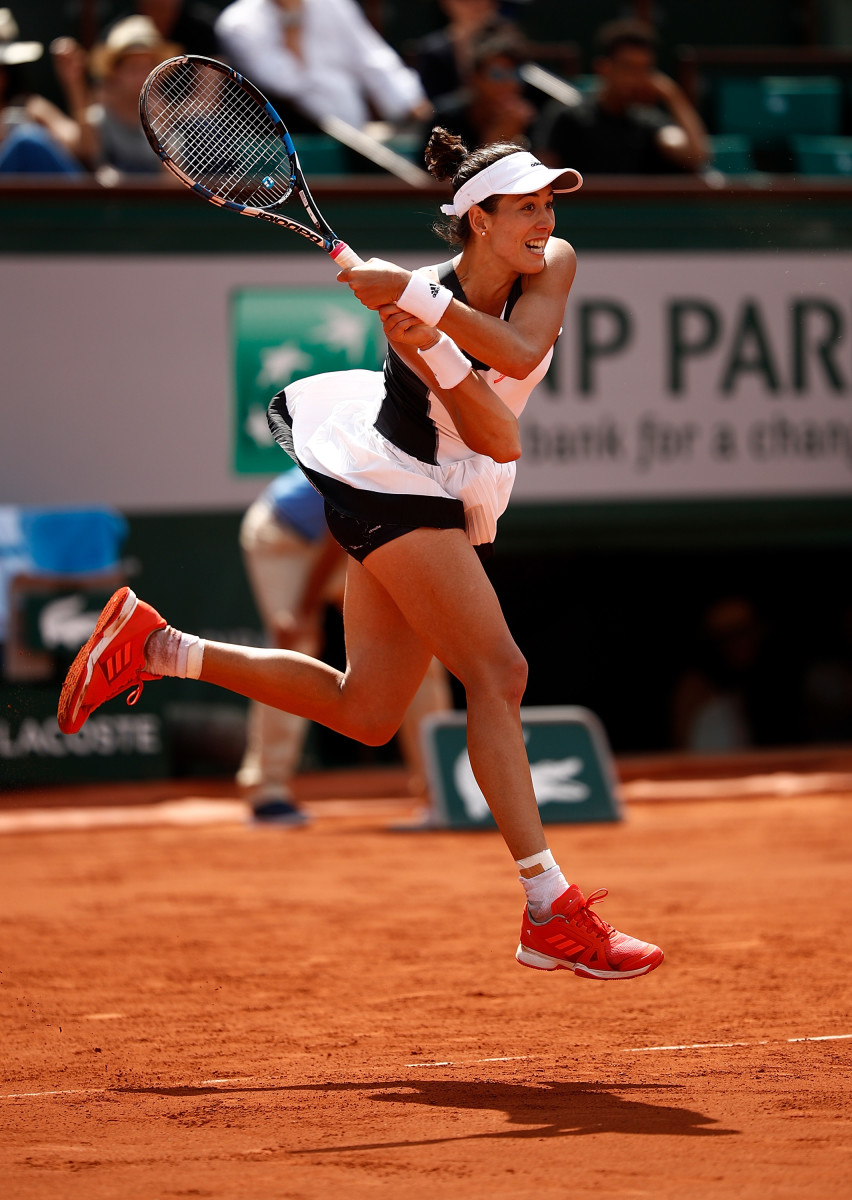
Dominika Cibulkova
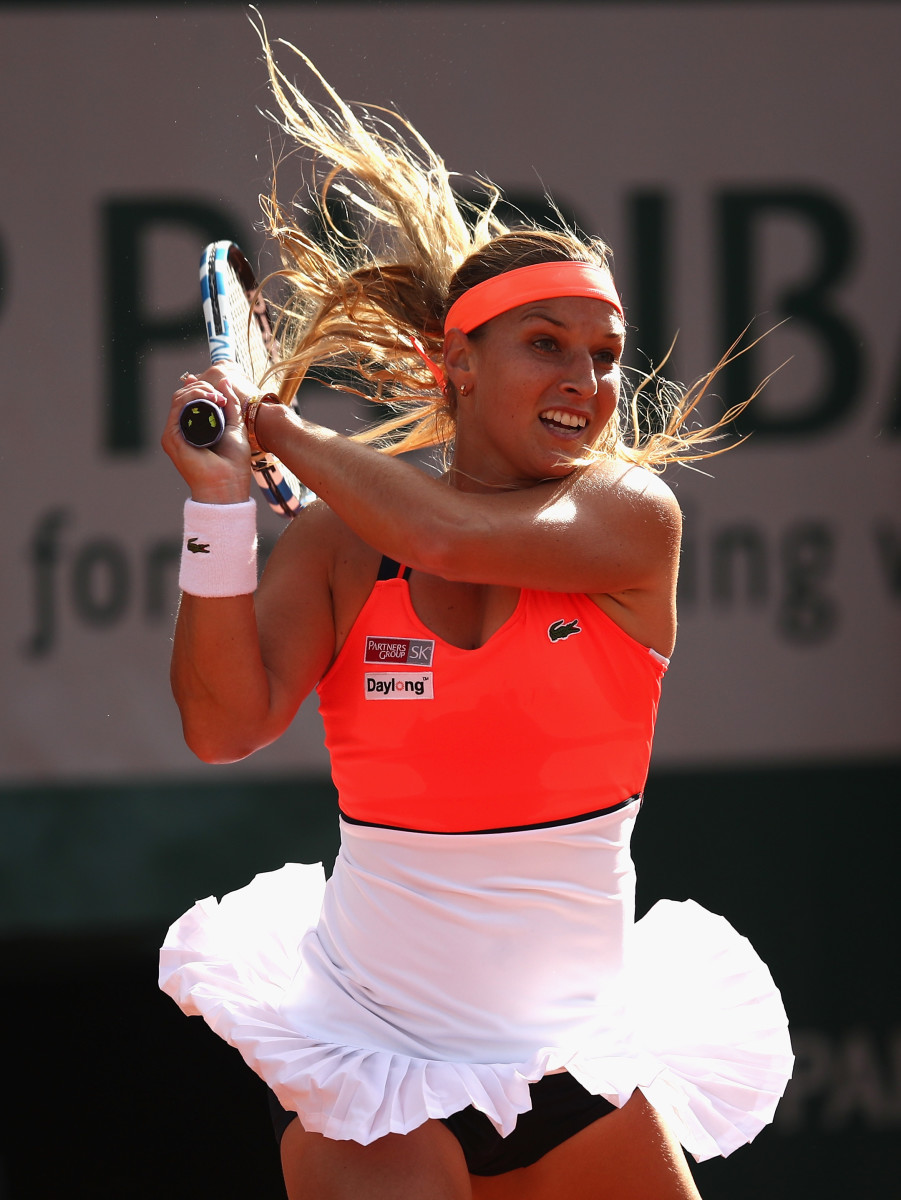
Dominika Cibulkova
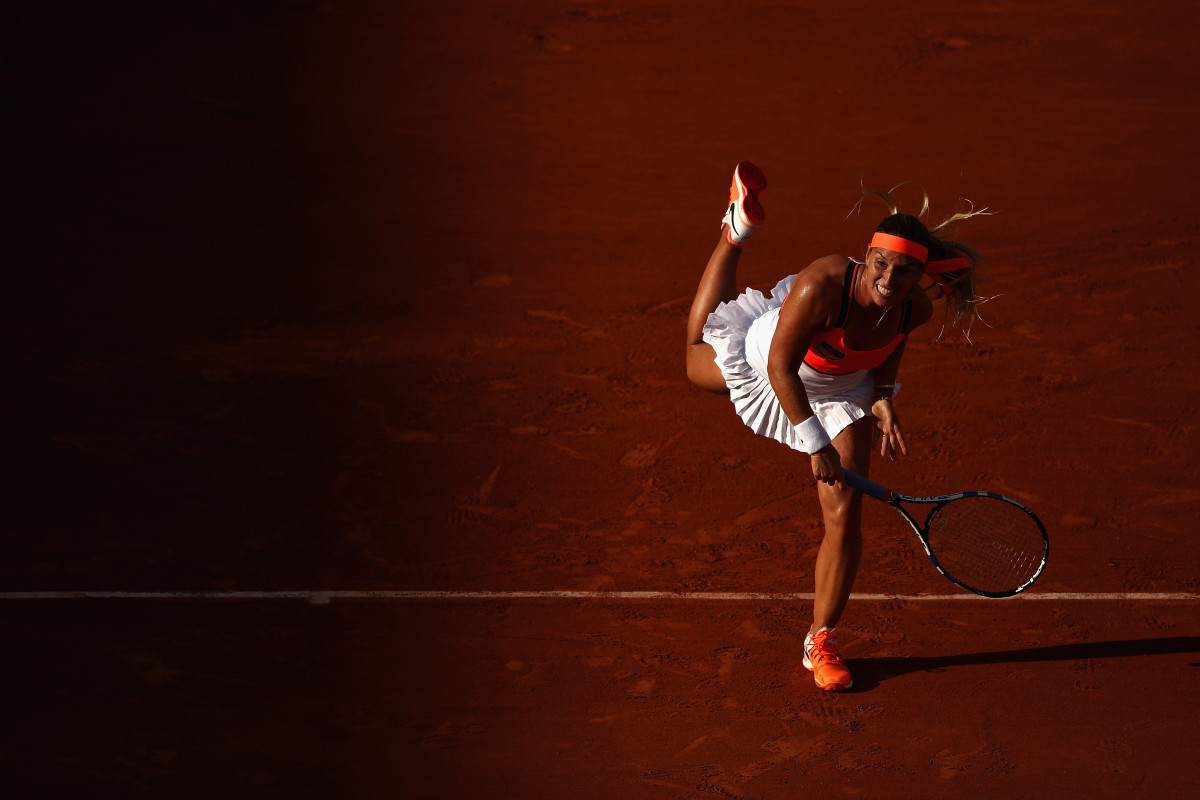
Ons Jabeur
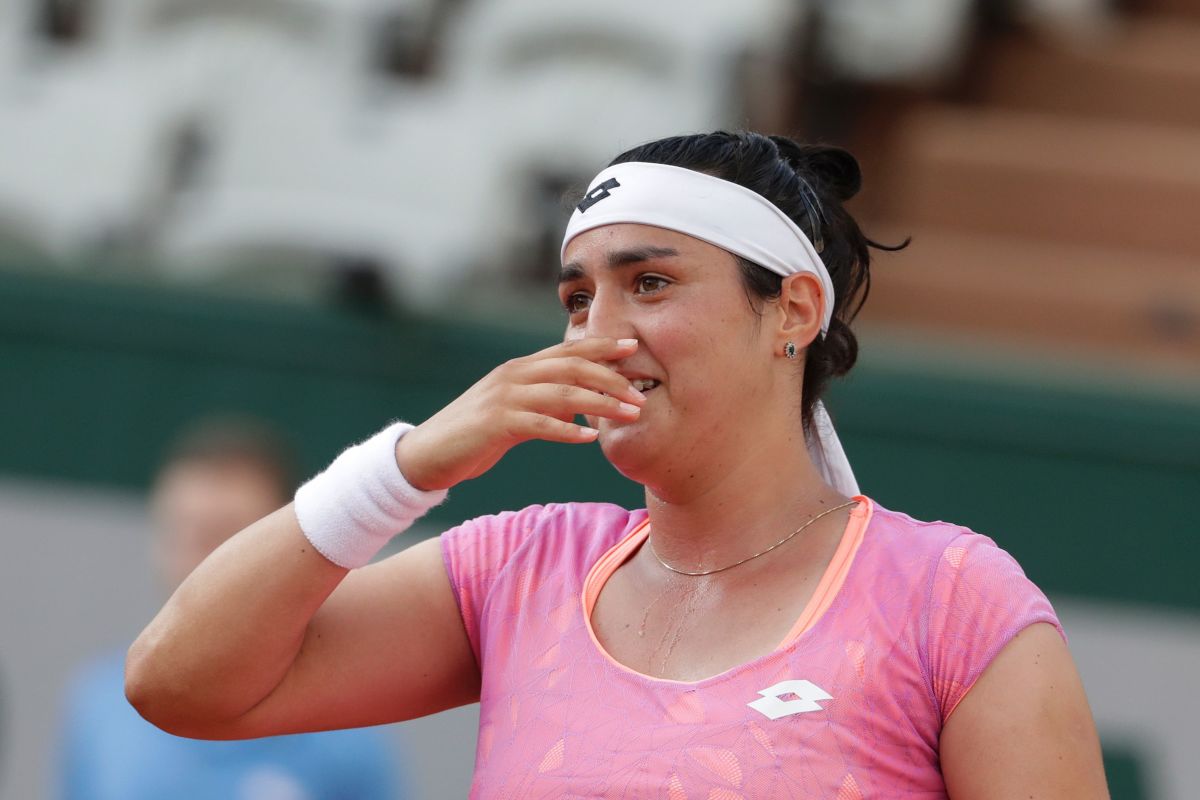
Ons Jabeur

Nico Almagro, Juan Martin del Potro

Nick Kyrgios

Garbine Muguruza
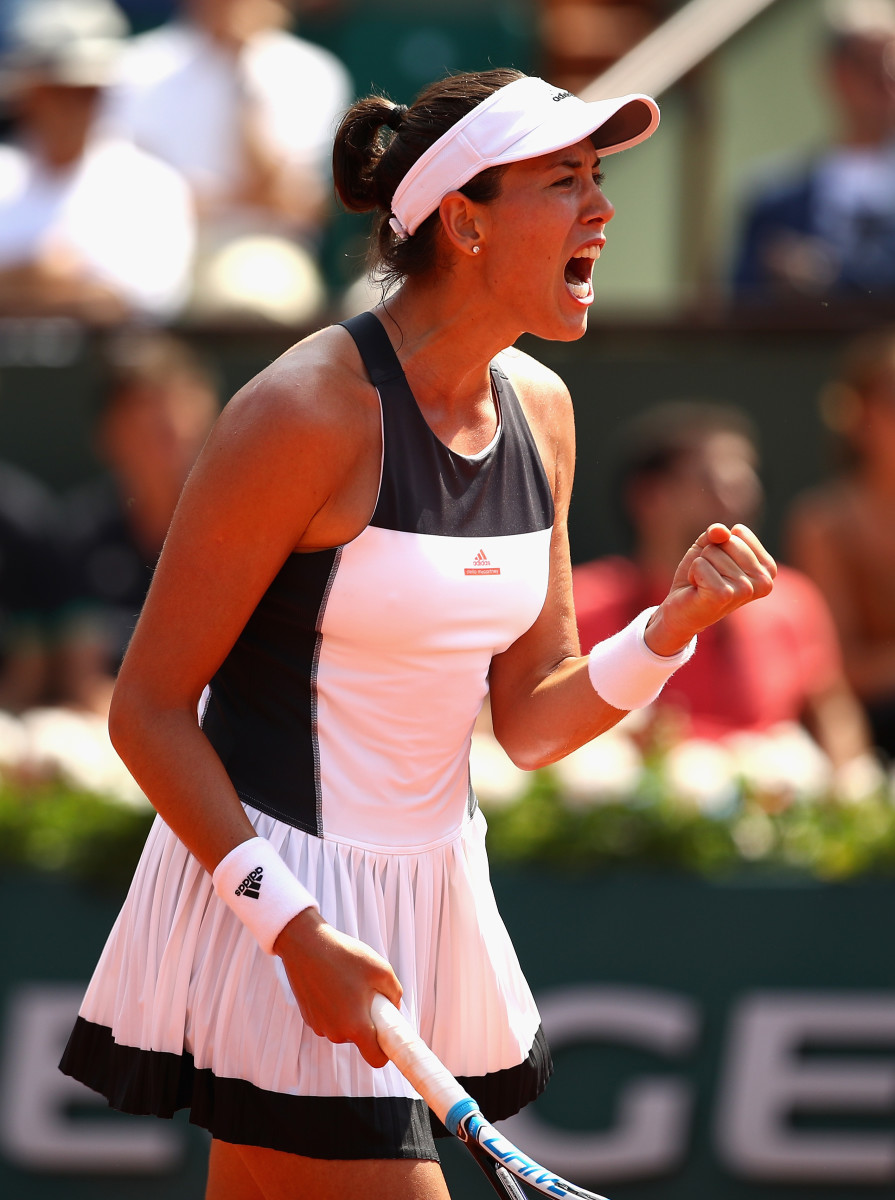
Garbine Muguruza

Grigor Dimitrov

Grigor Dimitrov
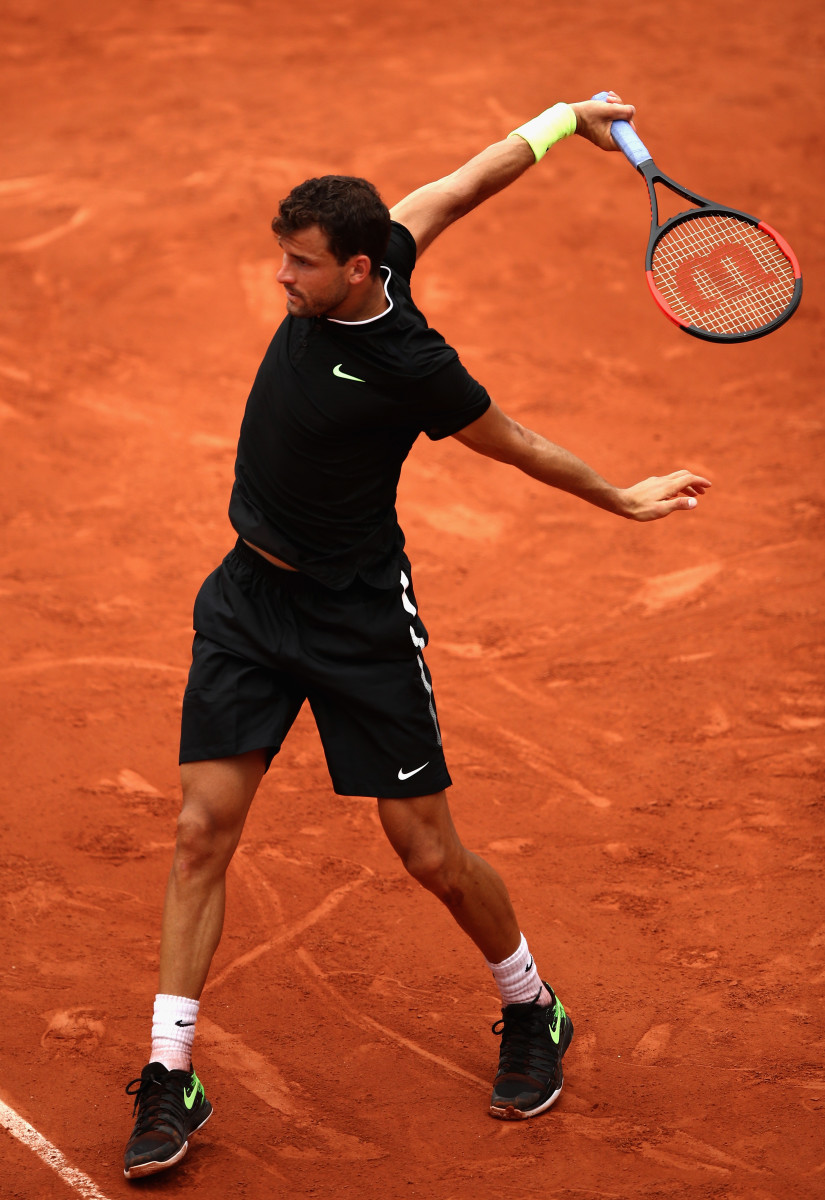
Svetlana Kuznetsova

Svetlana Kuznetsova

CiCi Bellis
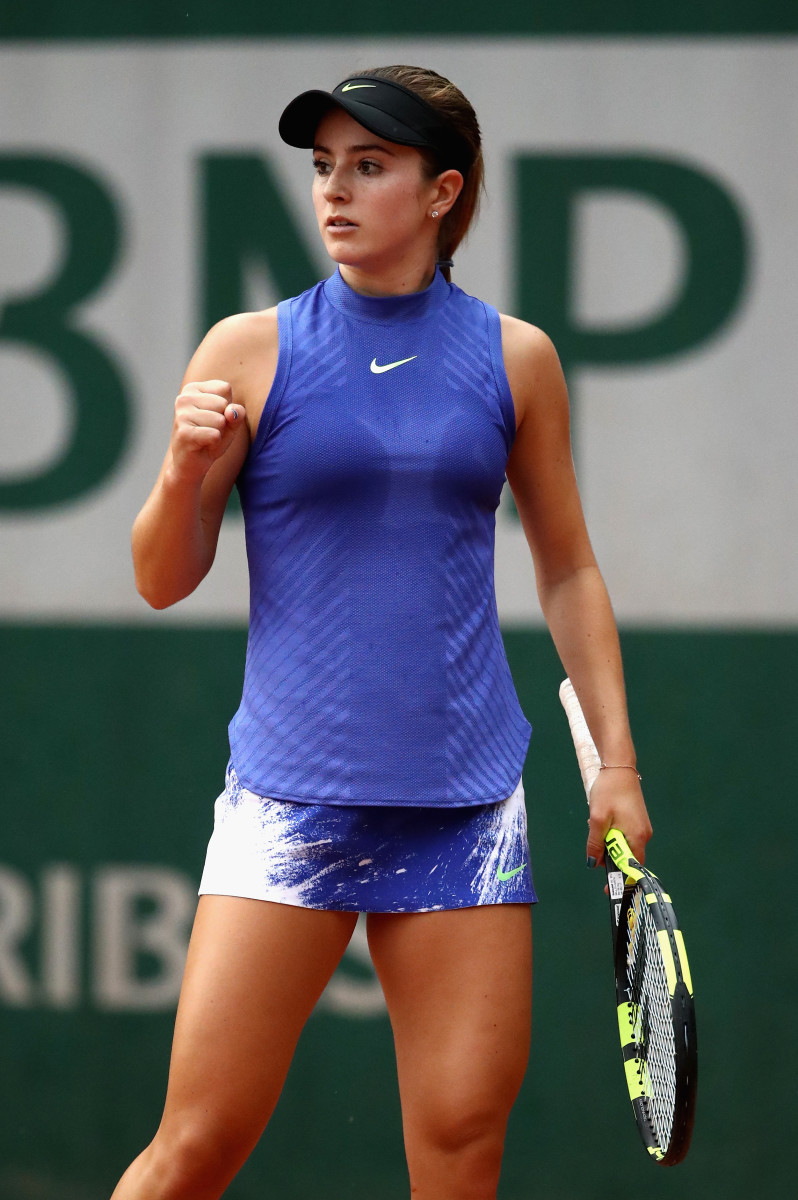
Juan Martin del Potro
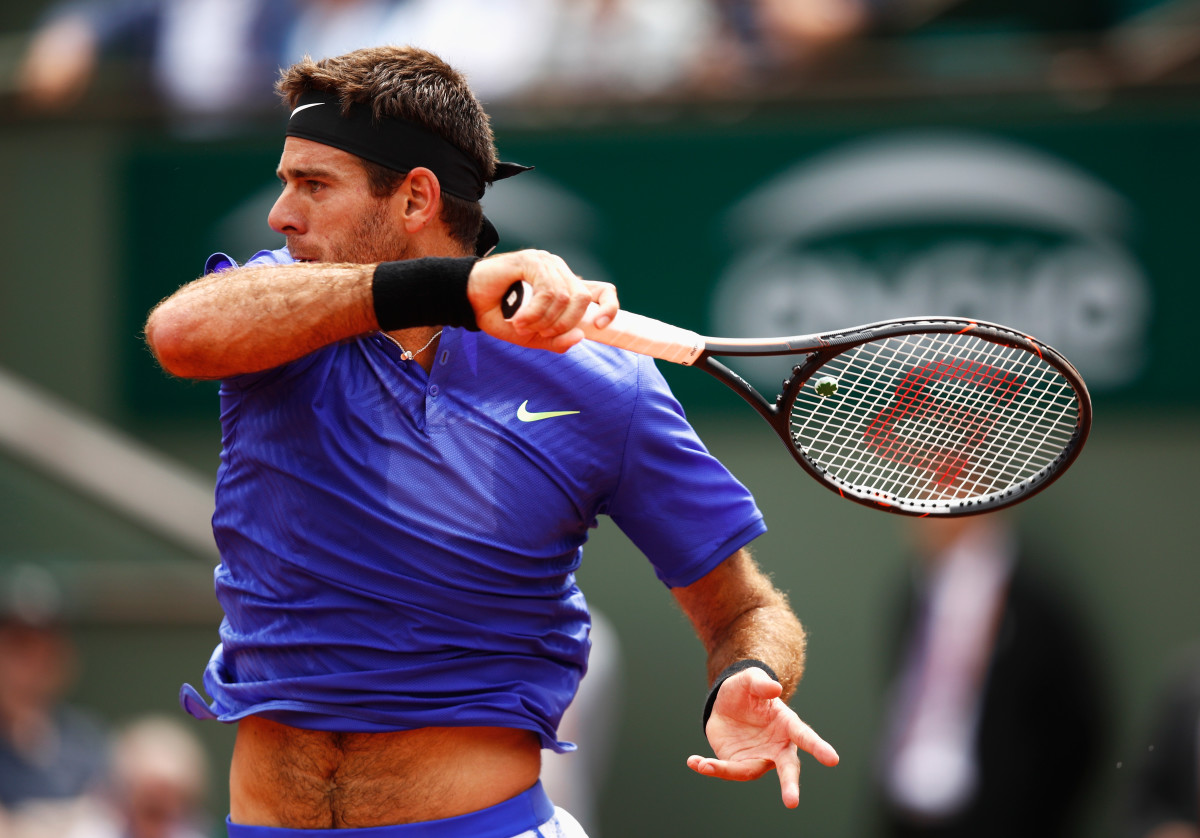
Juan Martin del Potro
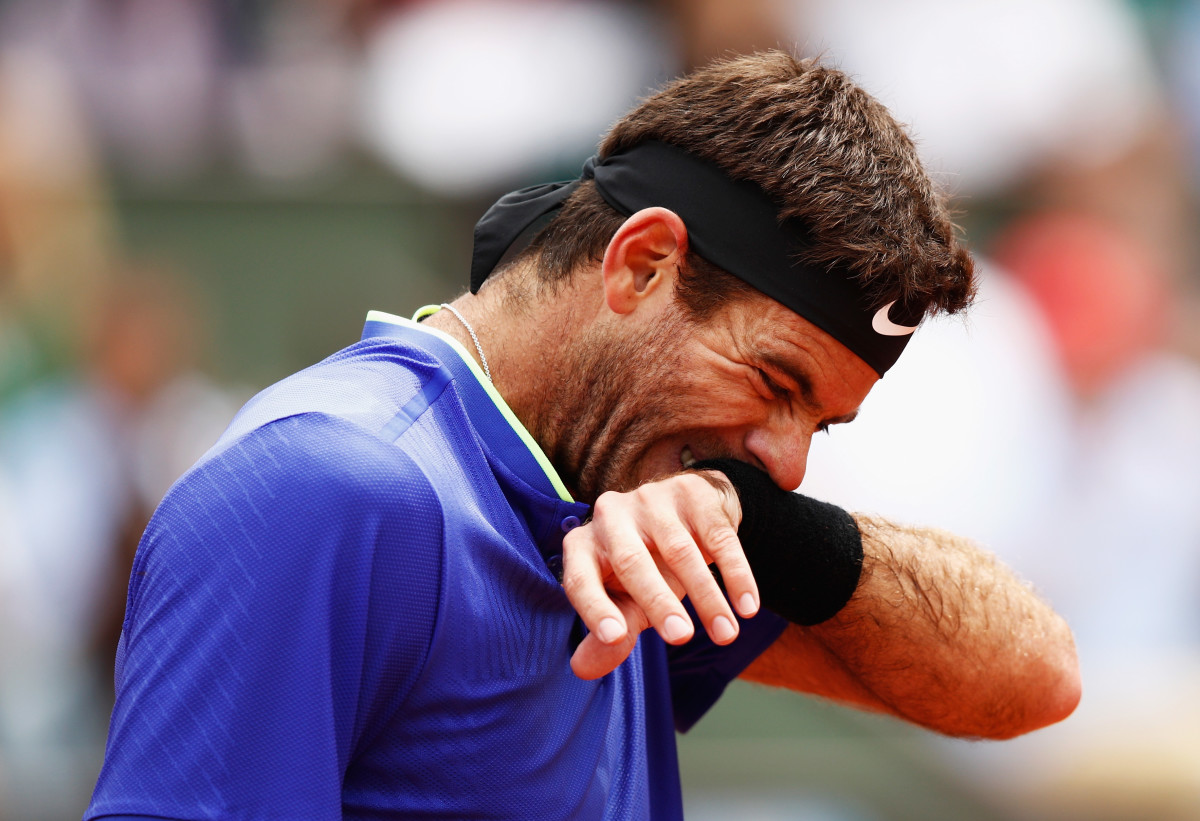
John Isner

Karen Khachanov
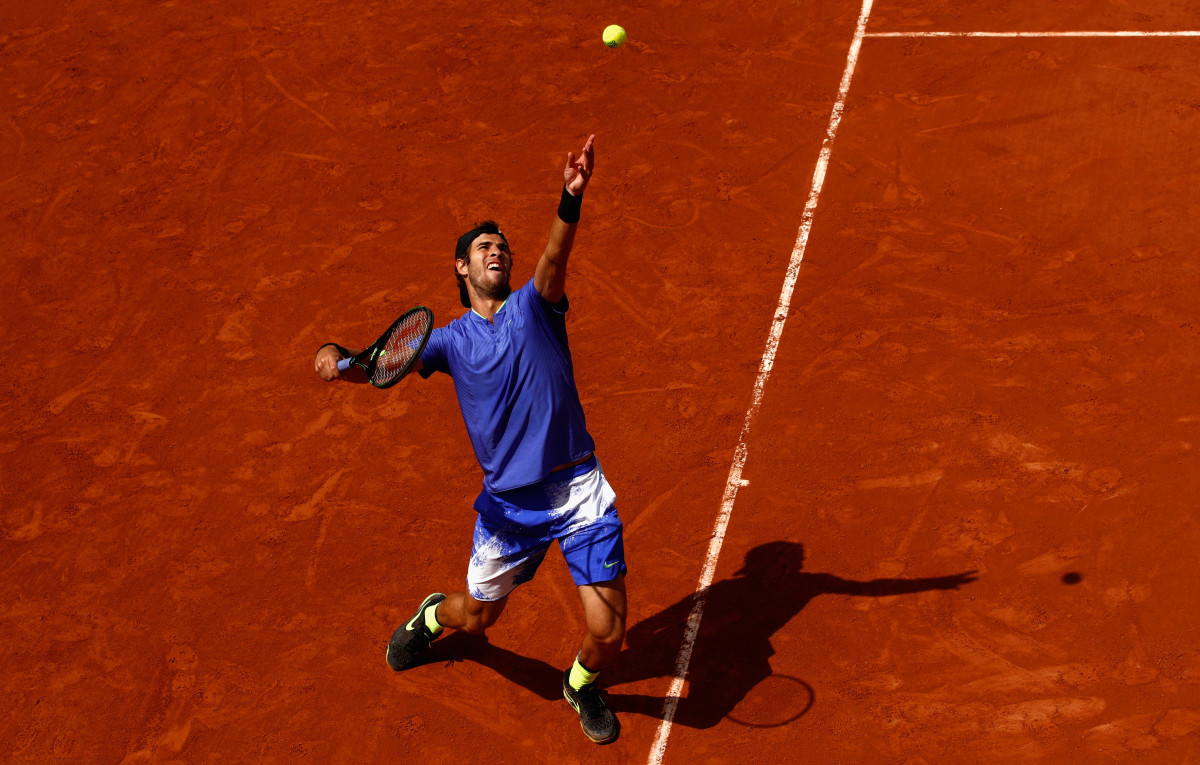
Kristina Mladenovic
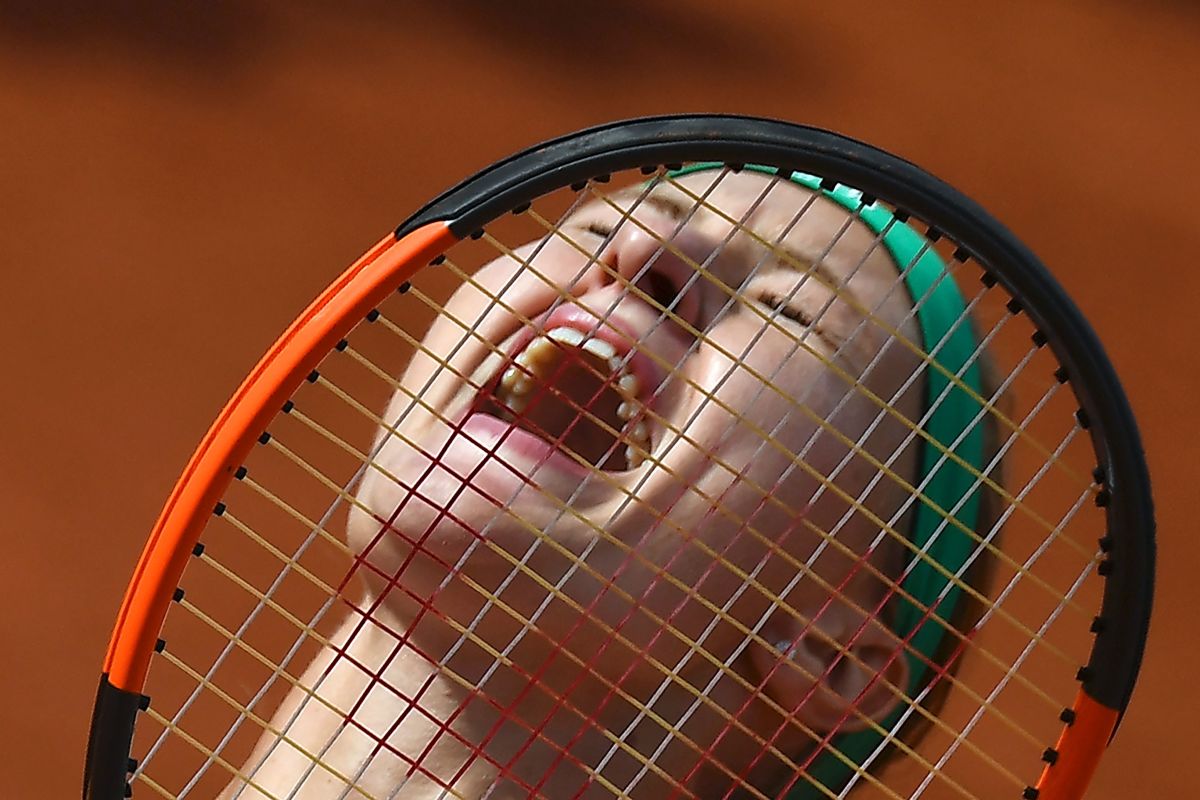
Fernando Verdasco
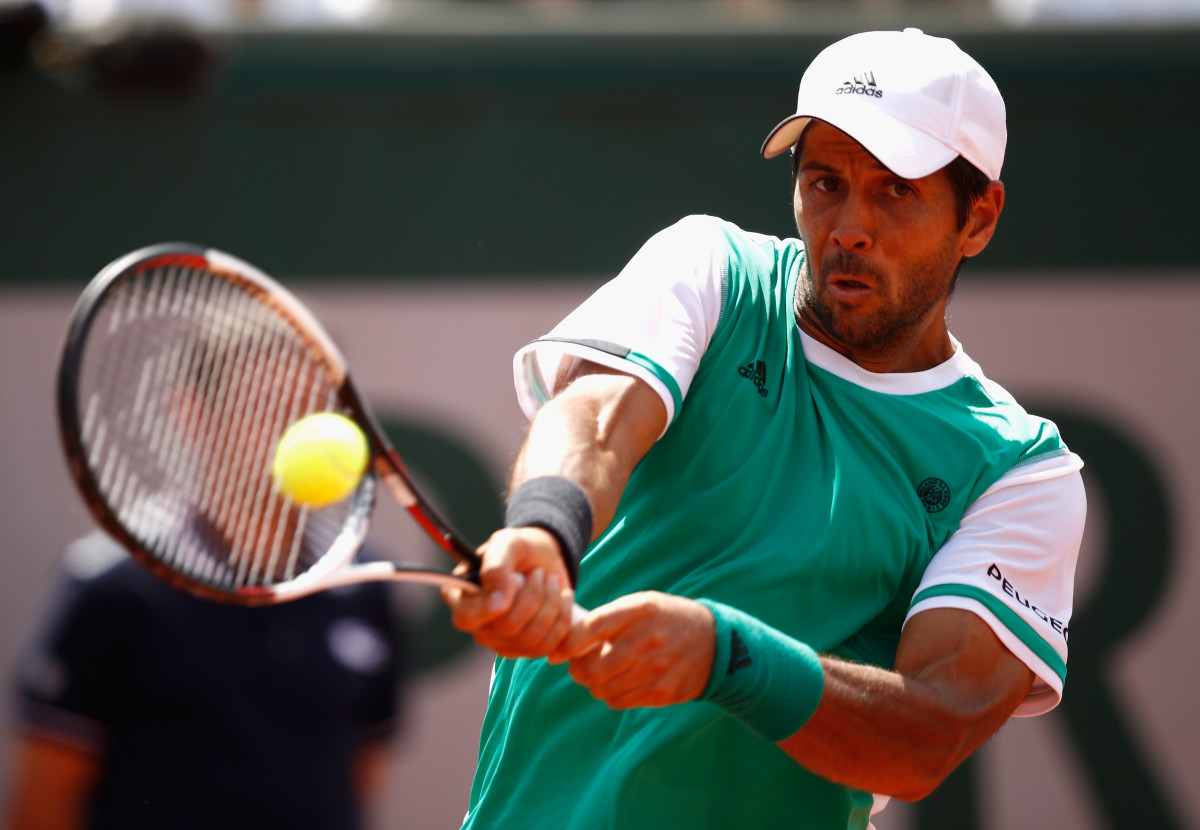
Alize Cornet
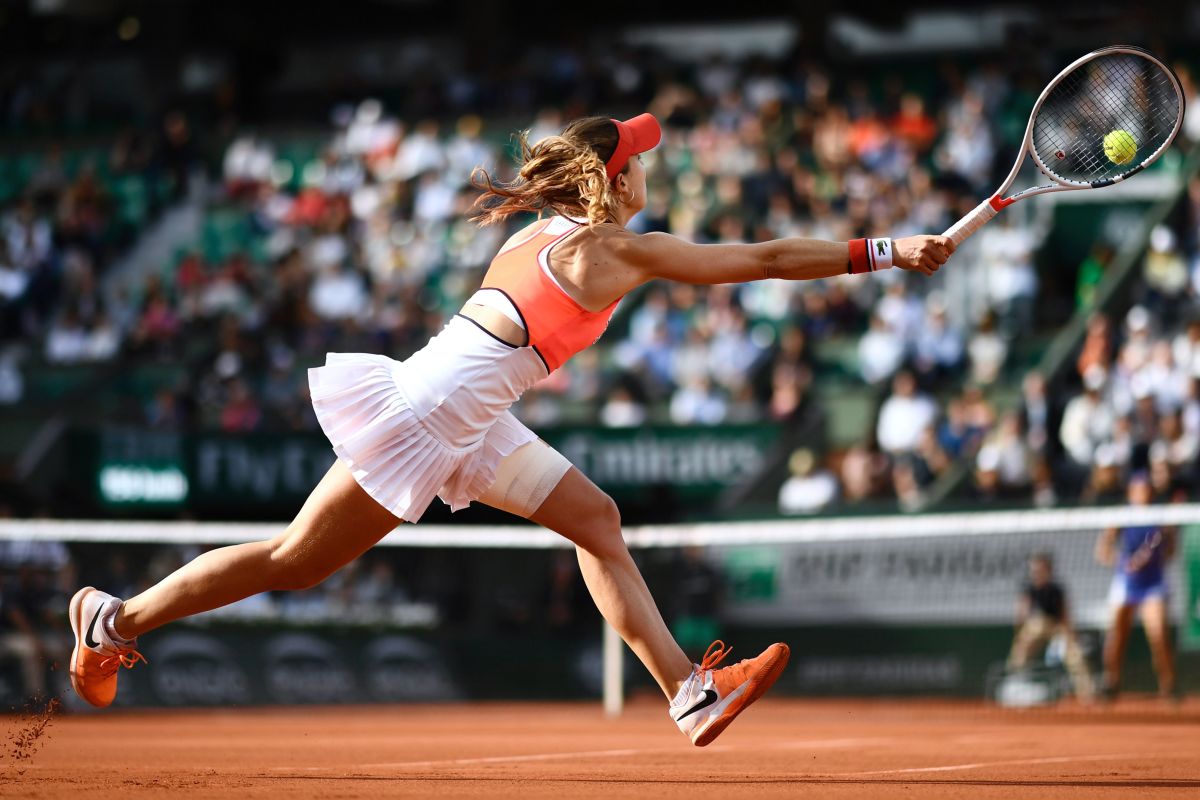
Caroline Garcia
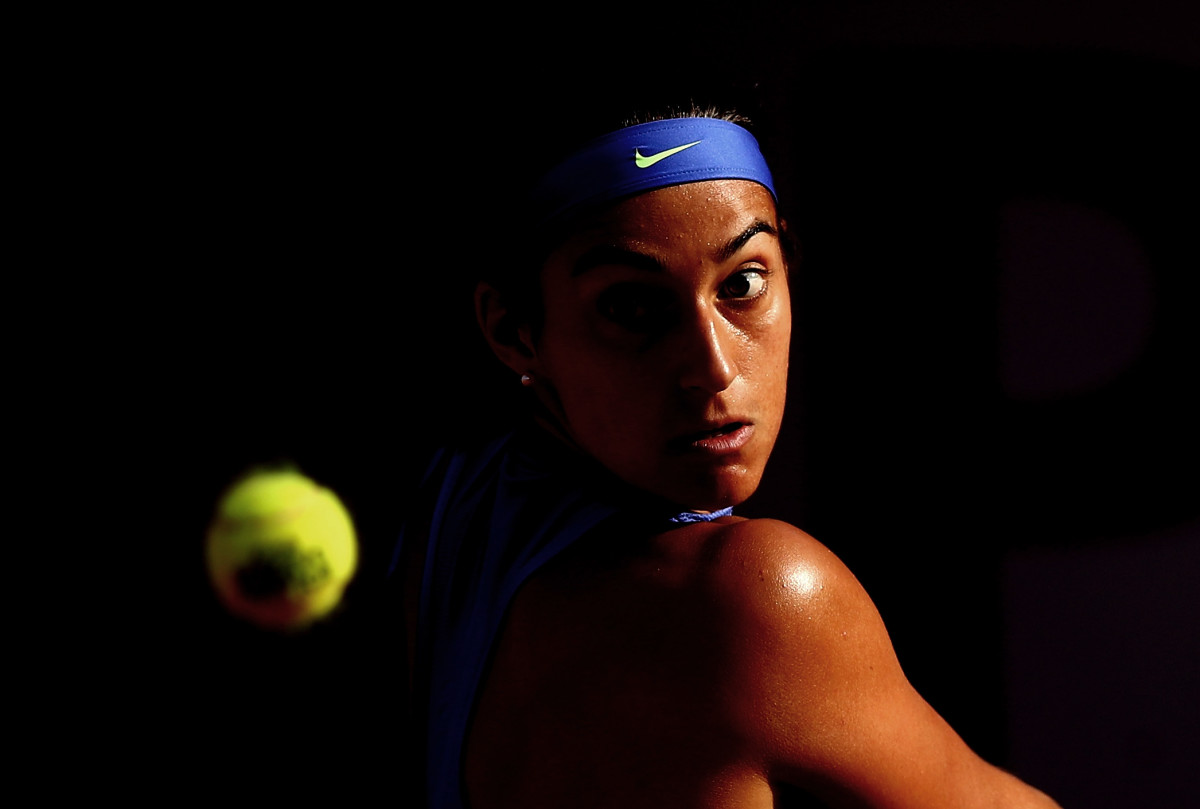
Whitney Osuigwe, Claire Liu

Venus Williams

Kristina Mladenovic

Venus Williams
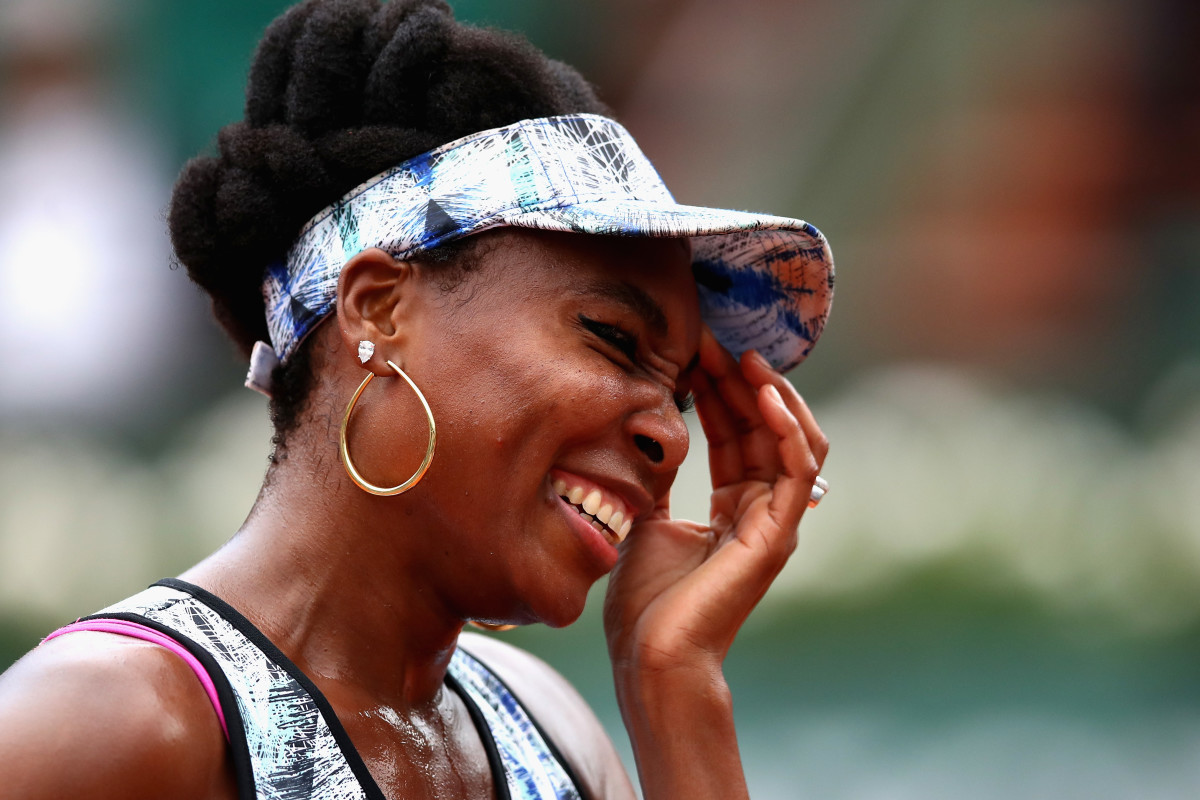
Kevin Anderson

Milos Raonic
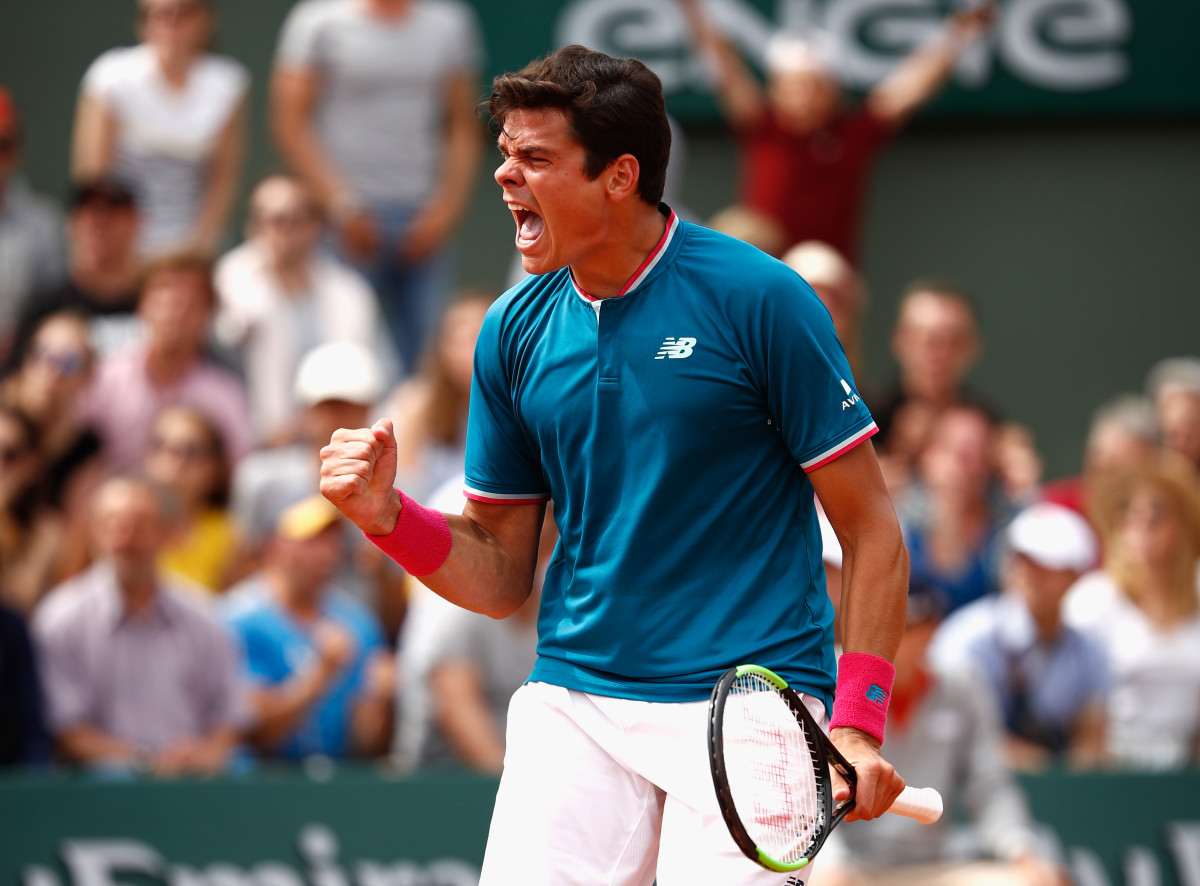
Pablo Carreno Busta

Venus Williams
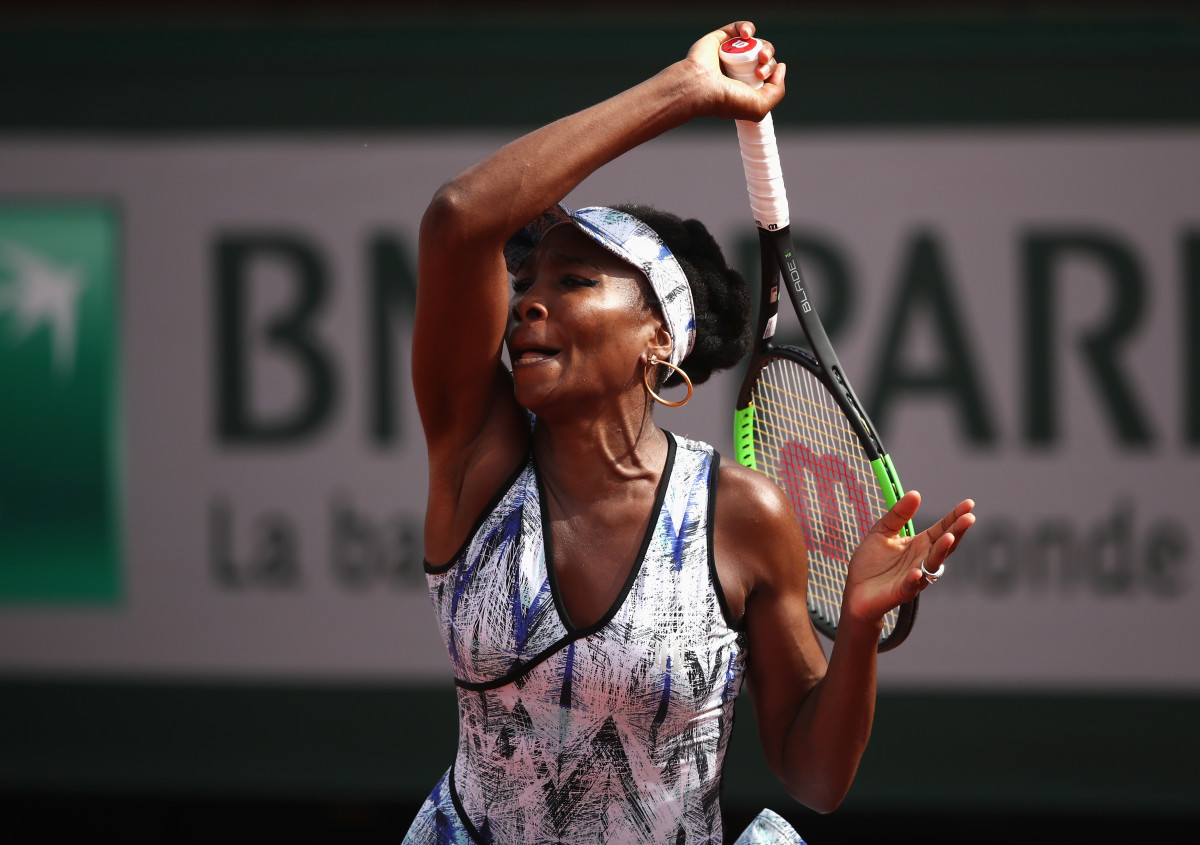
Petra Martic

Elina Svitolina
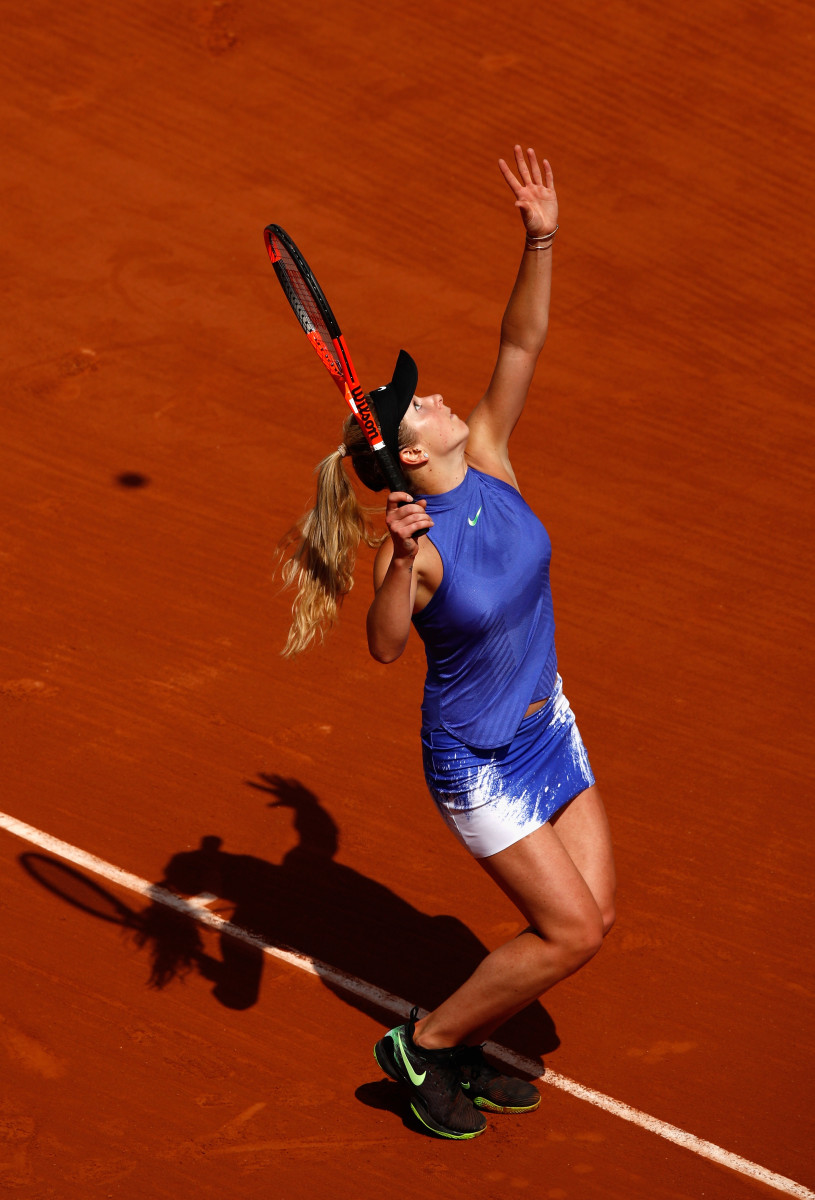
Gael Monfils

Marin Cilic
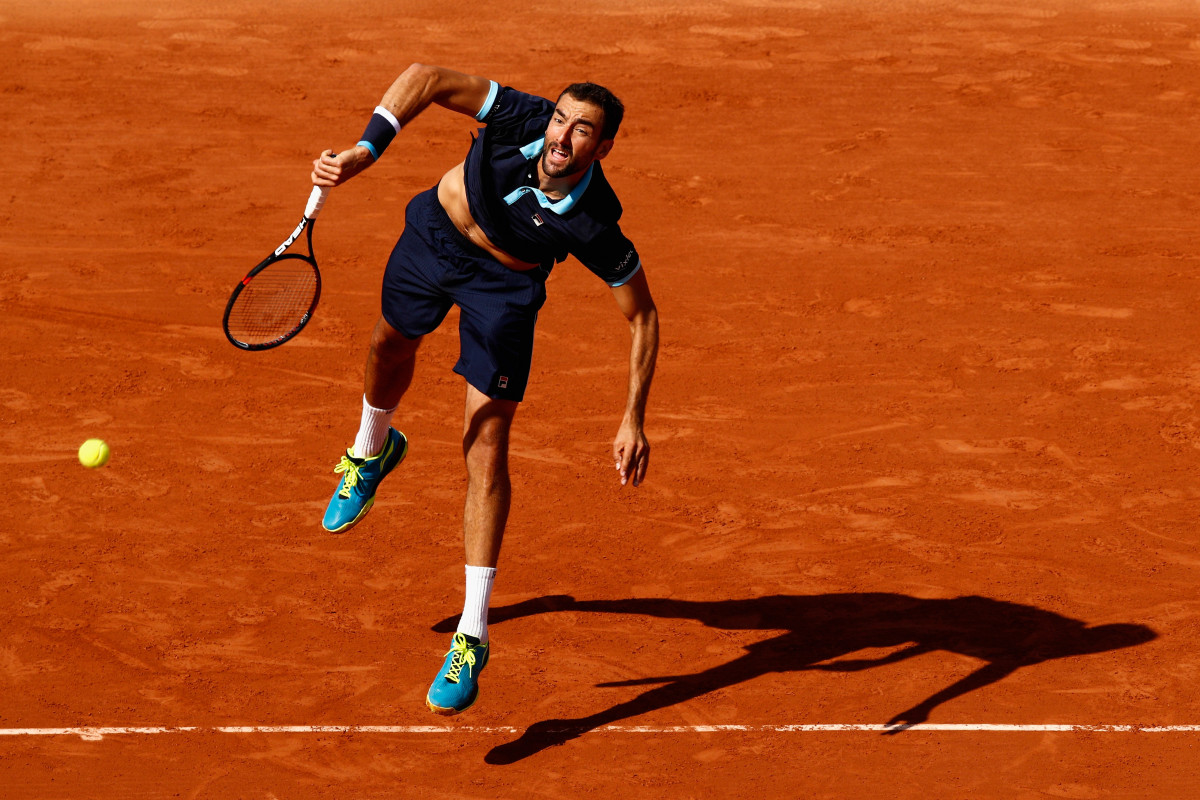
Gael Monfils
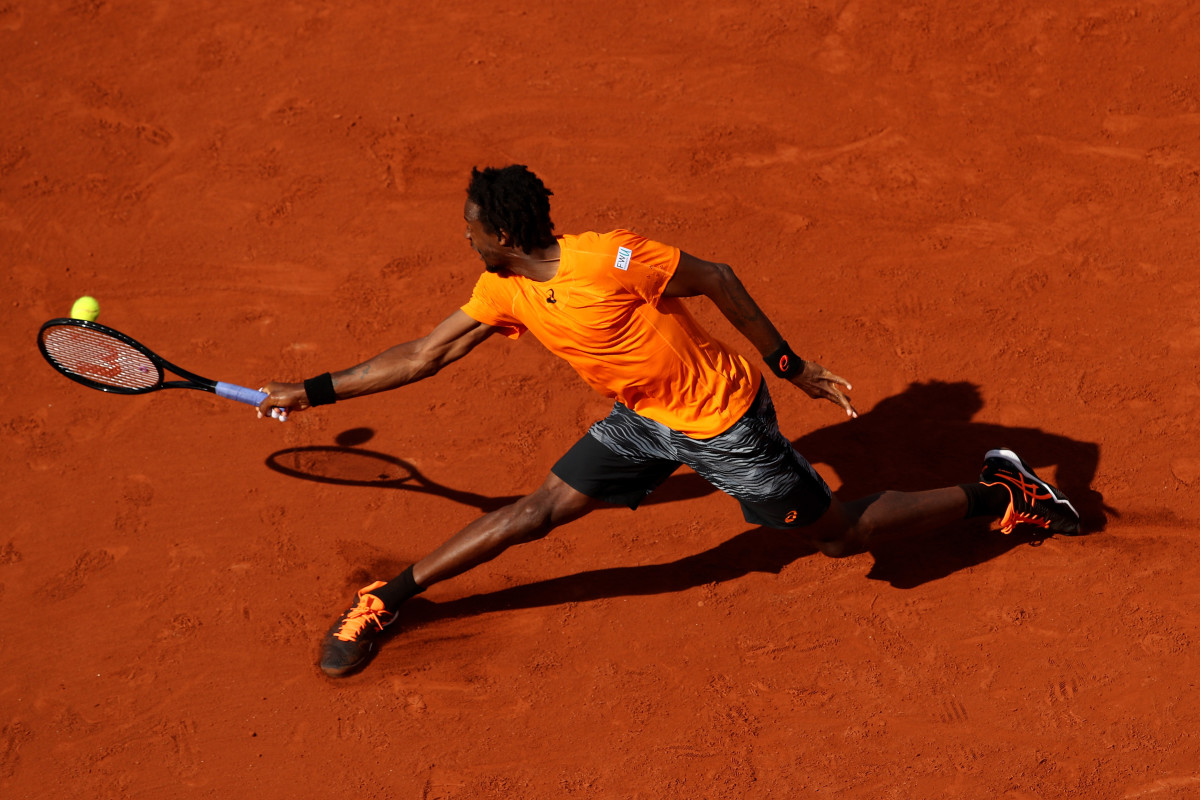
Gael Monfils
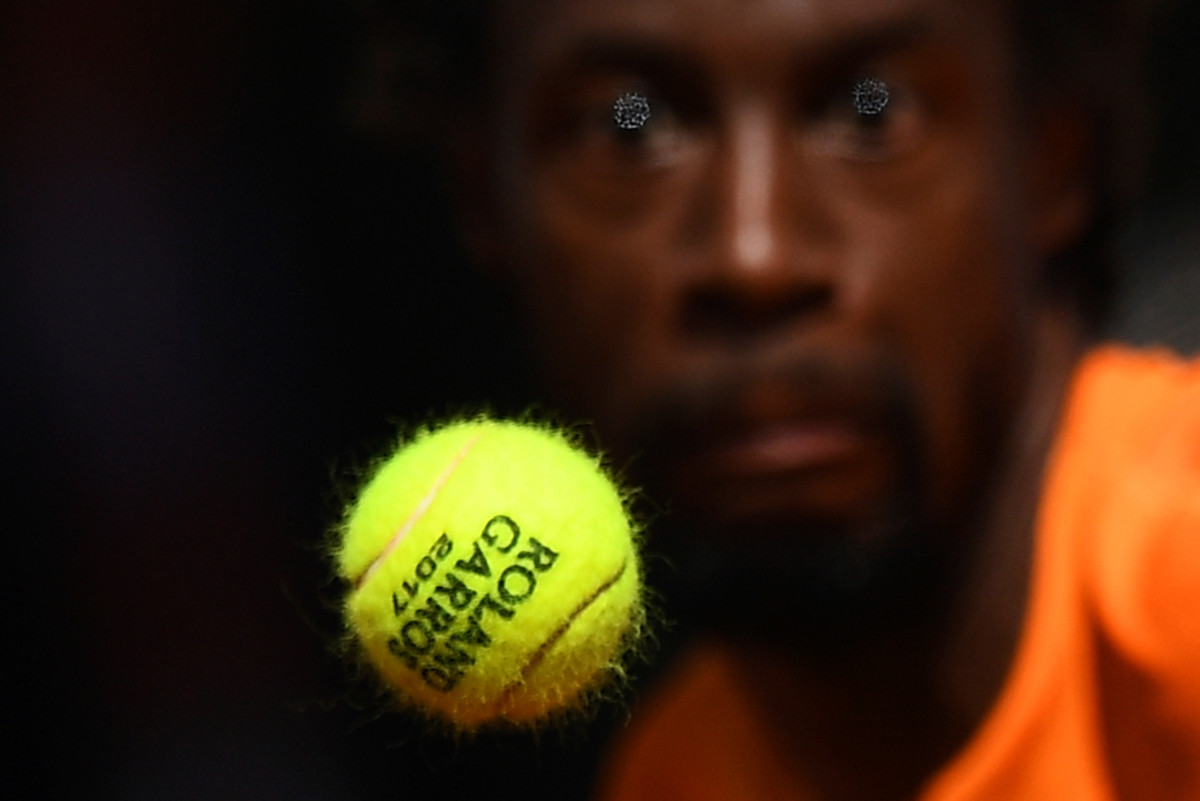
Gael Monfils

Gael Monfils

Kristina Mladenovic
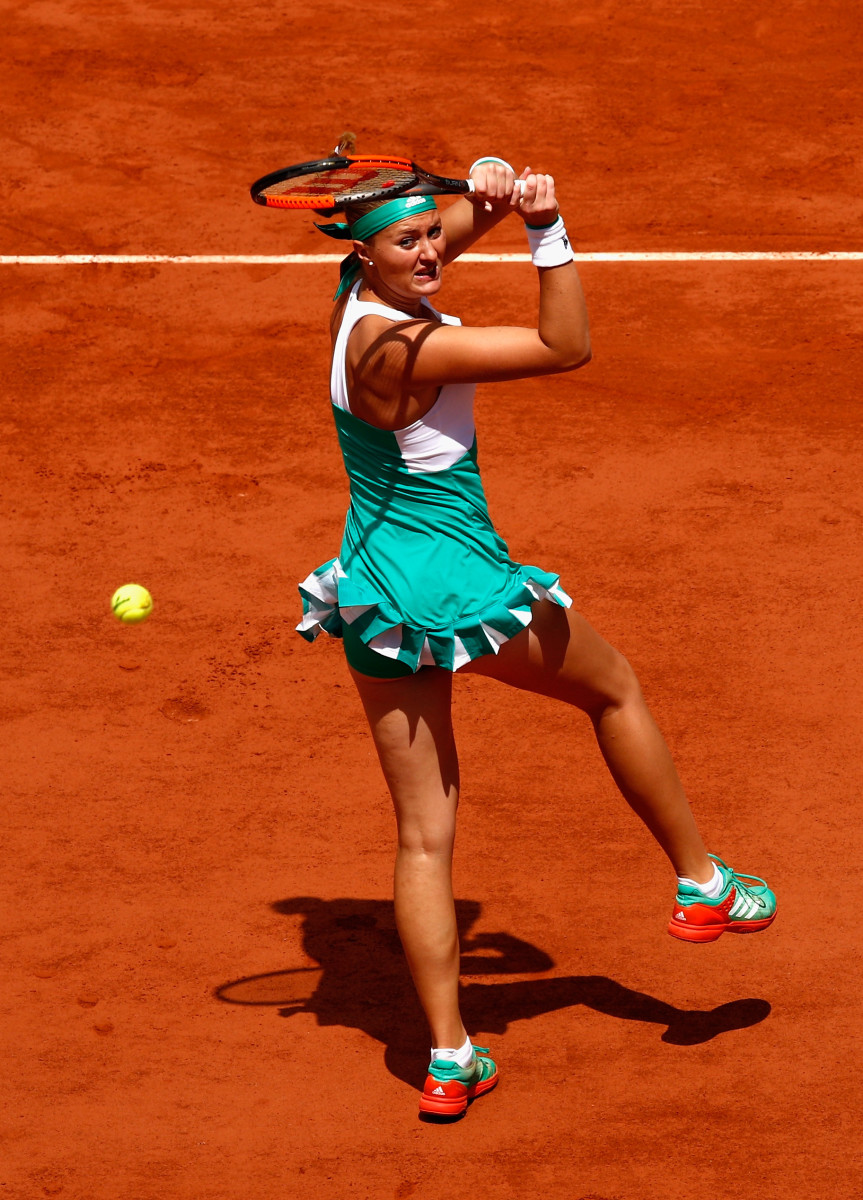
Kristina Mladenovic


Timea Bacsinszky
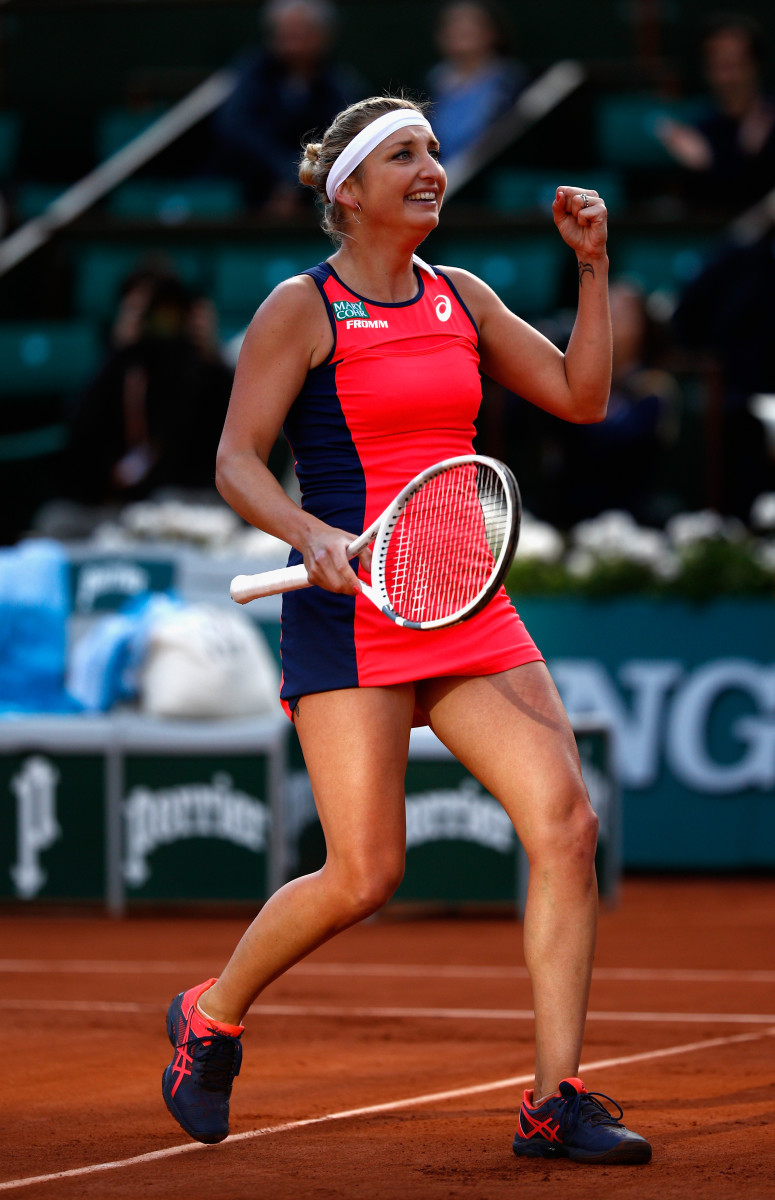
Caroline Wozniacki
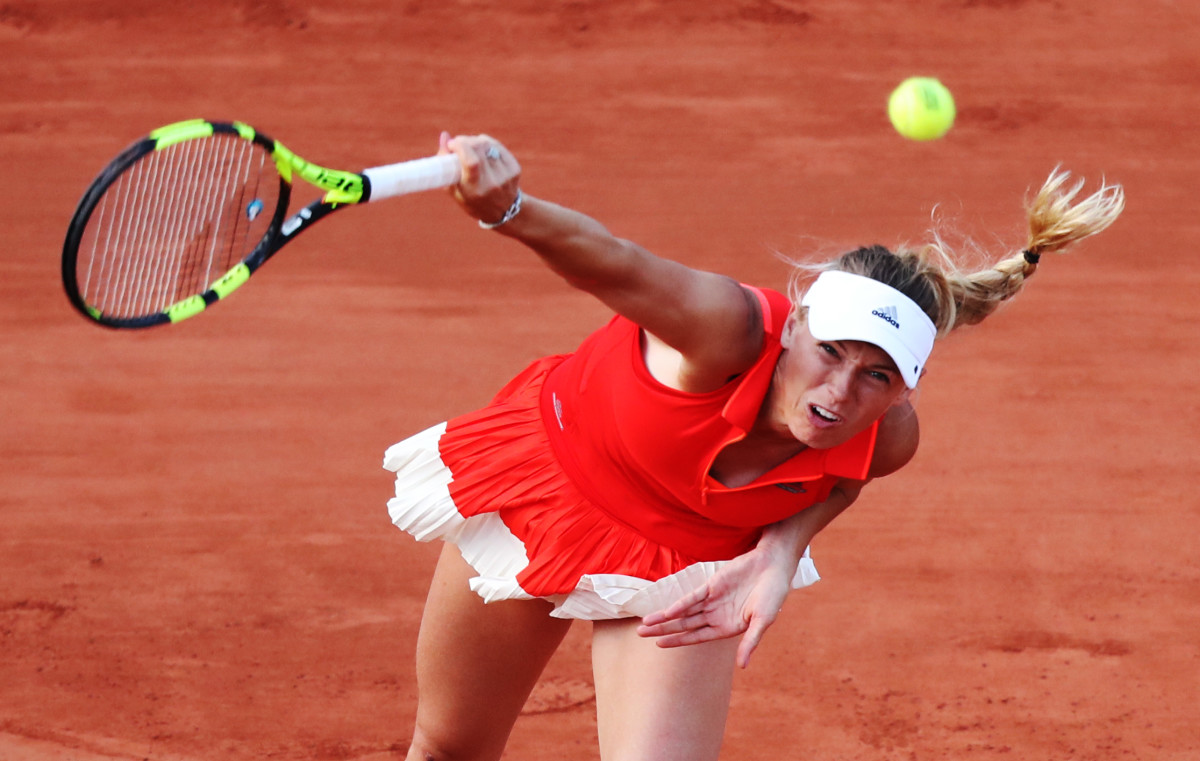
Novak Djokovic

Novak Djokovic

Kei Nishikori

Kei Nishikori
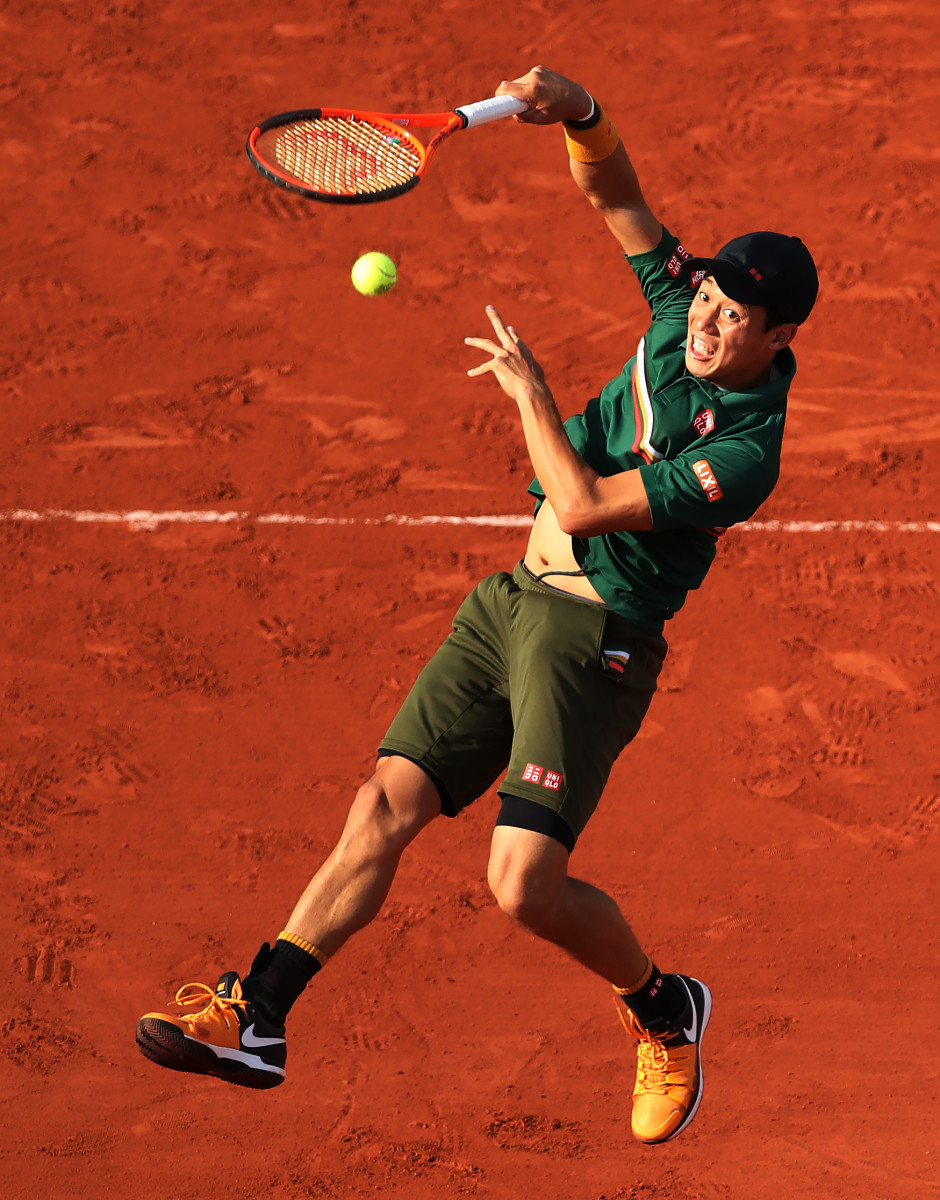
Andy Murray
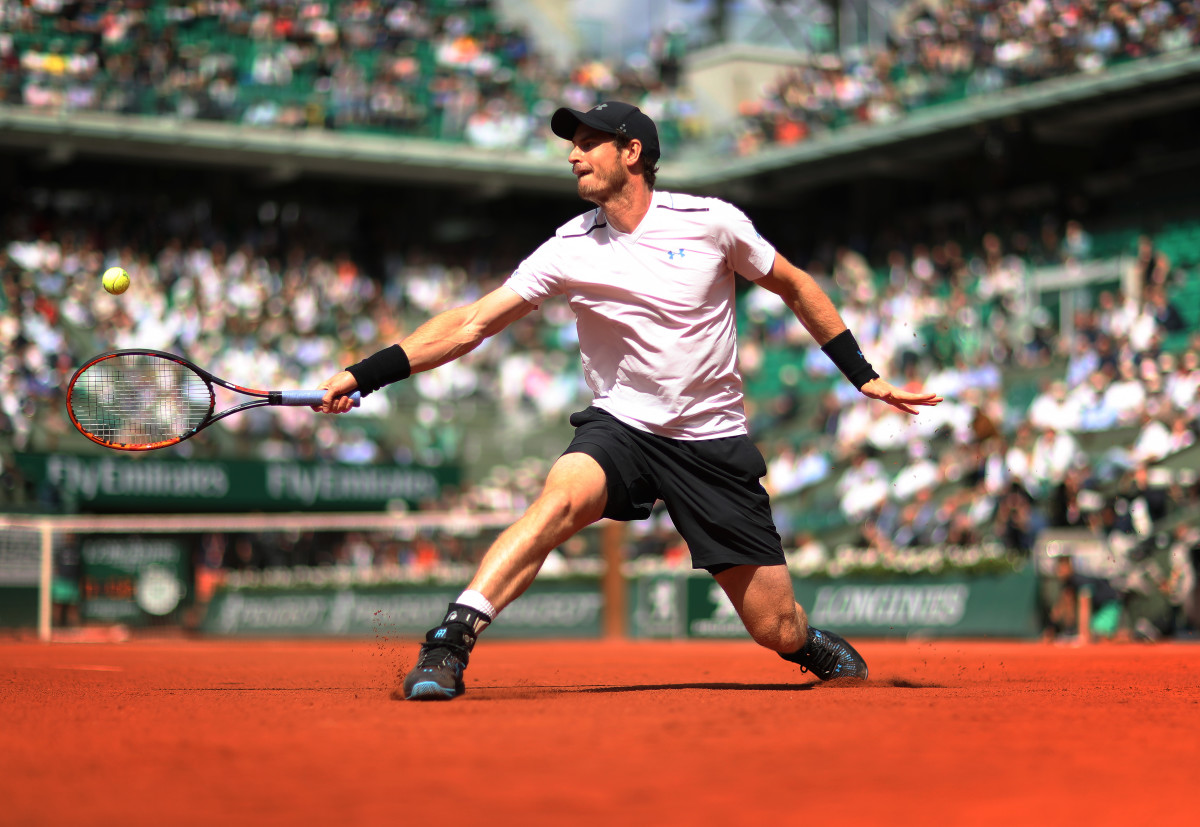
Andy Murray

Karolina Pliskova
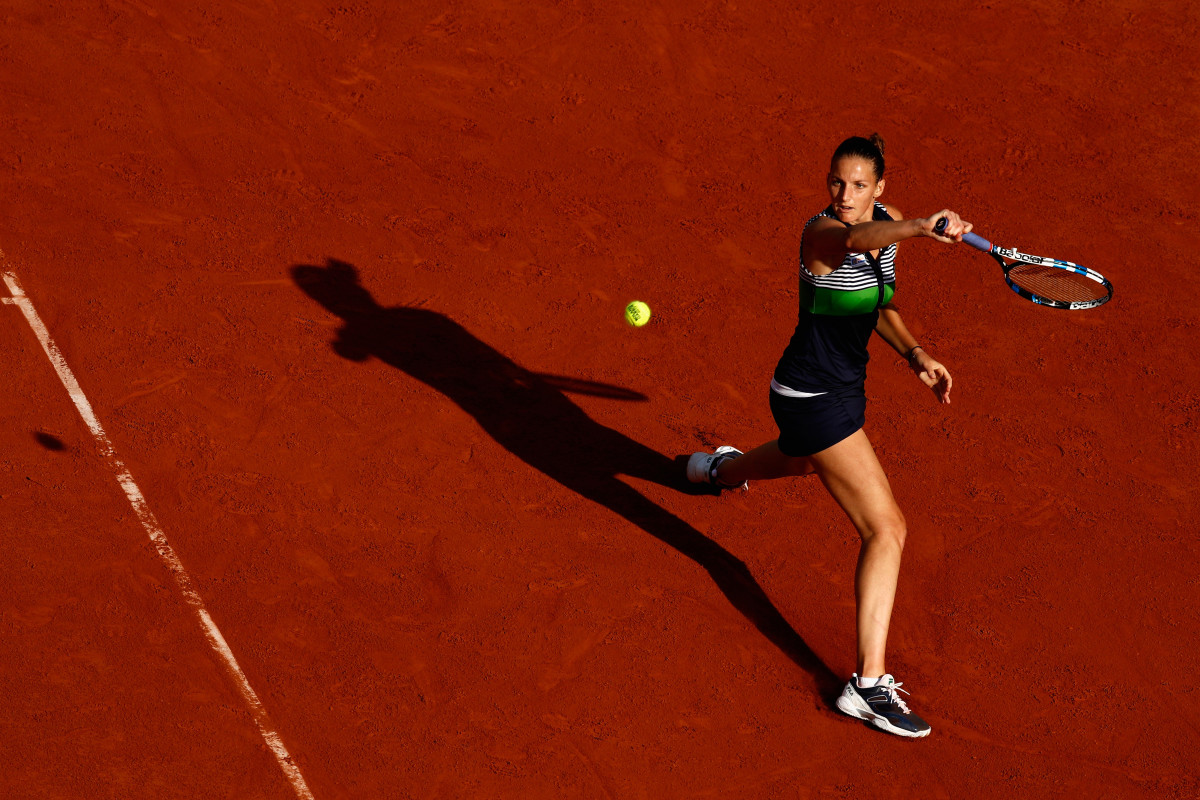
Simona Halep
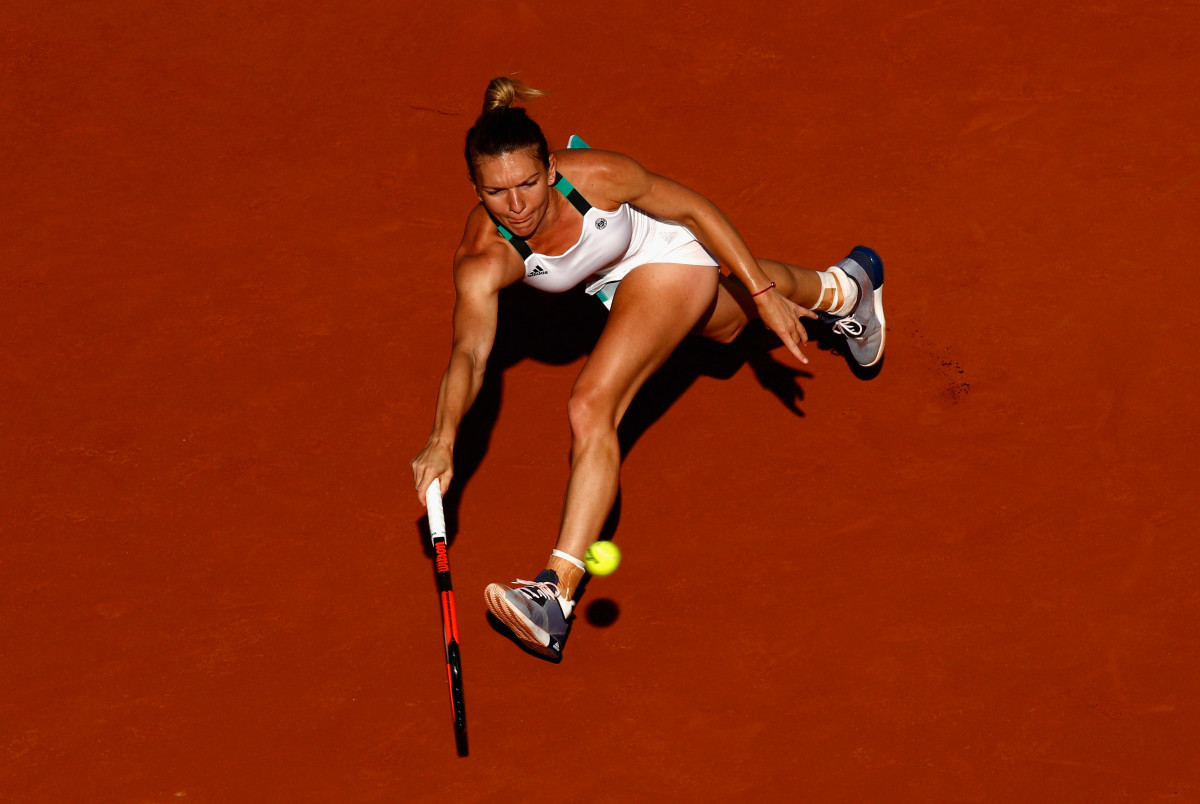
Karolina Pliskova

Simona Halep, Karolina Pliskova


Rafael Nadal

Rafael Nadal, Stan Wawrinka

Rafael Nadal

Rafael Nadal

Stan Wawrinka

Rafael Nadal

Rafael Nadal
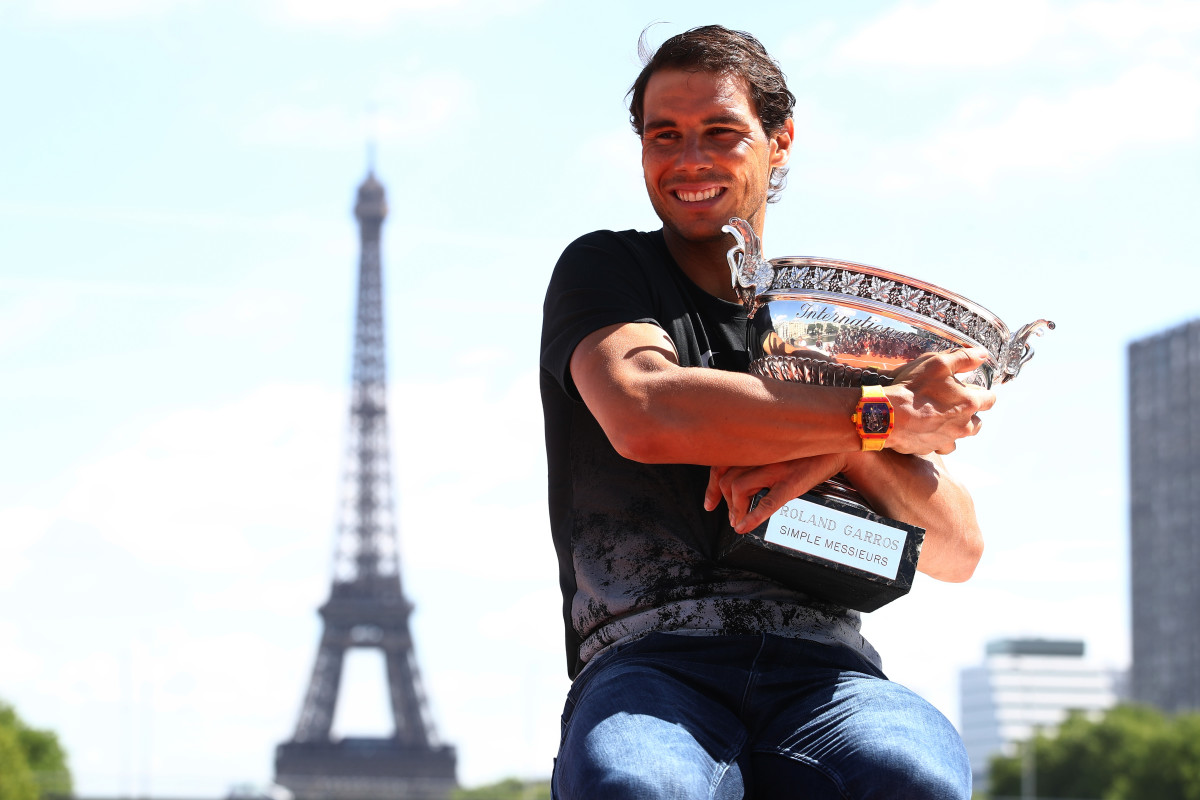
Novak Djokovic, Dominic Thiem
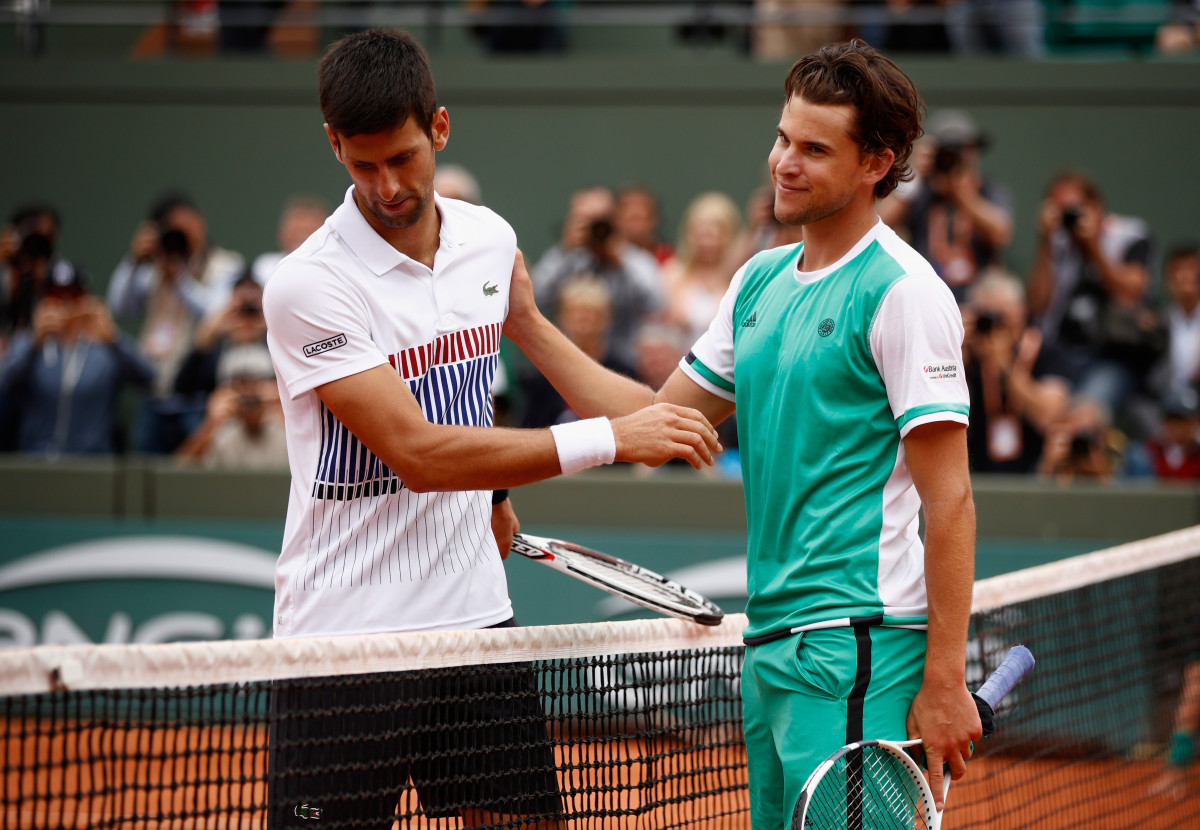
Dominic Thiem

Dominic Thiem
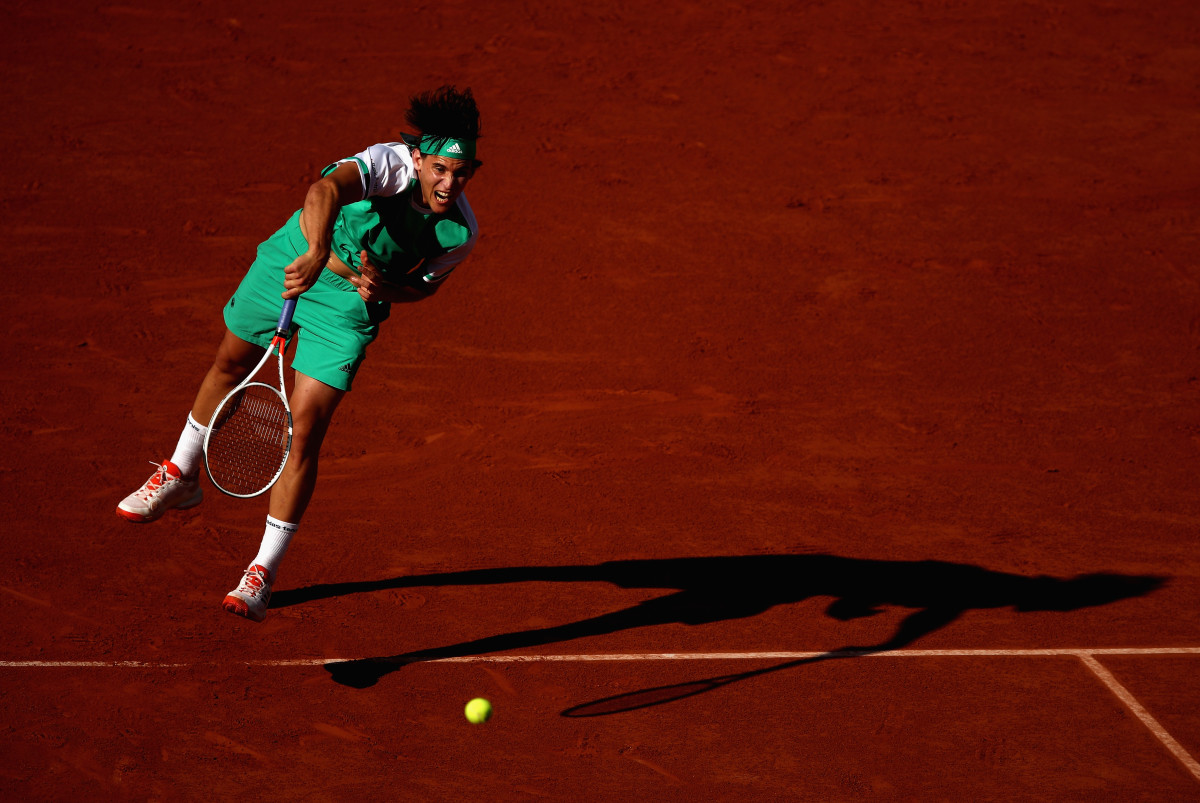
Stan Wawrinka
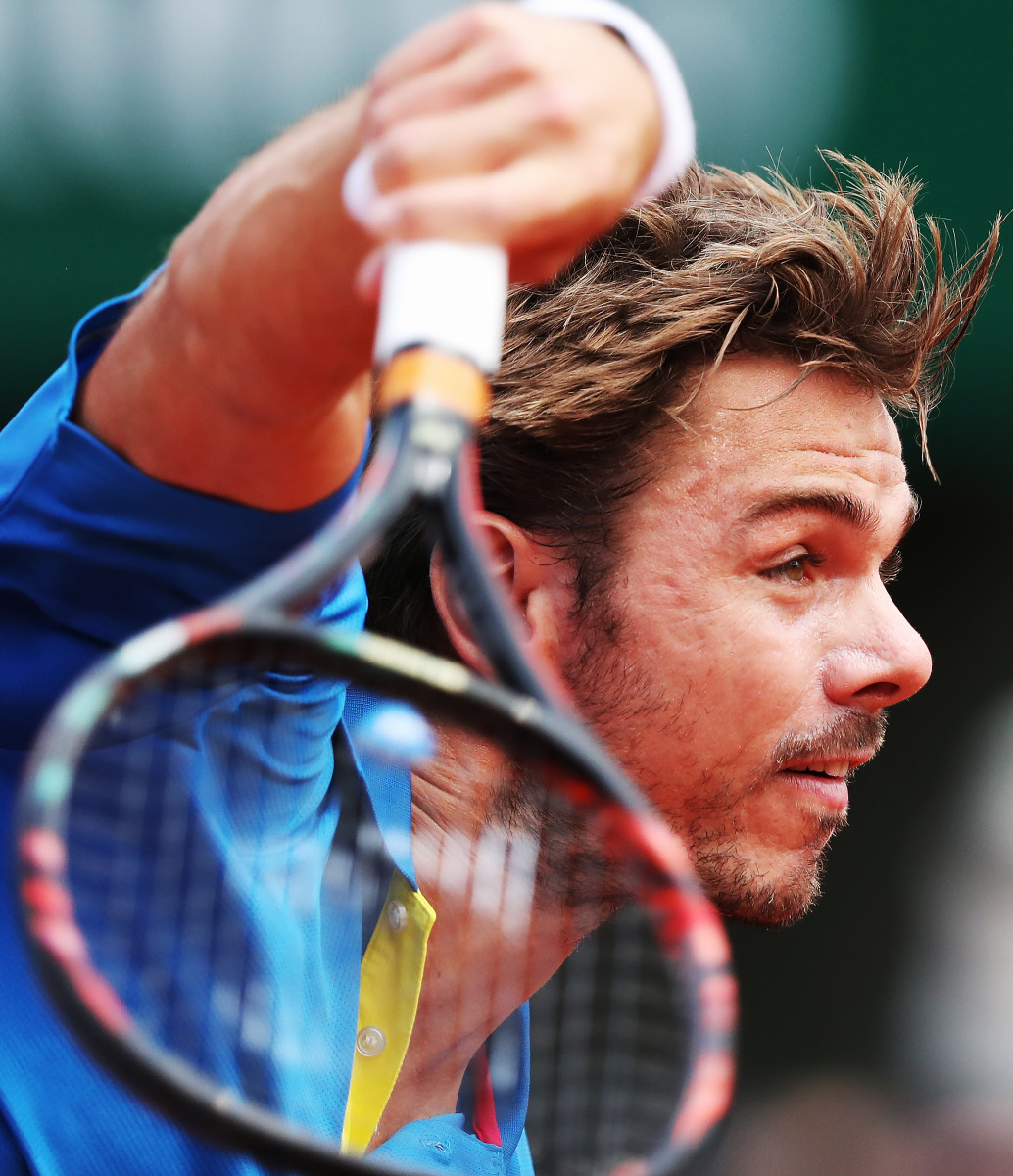
Andy Murray

Dominic Thiem

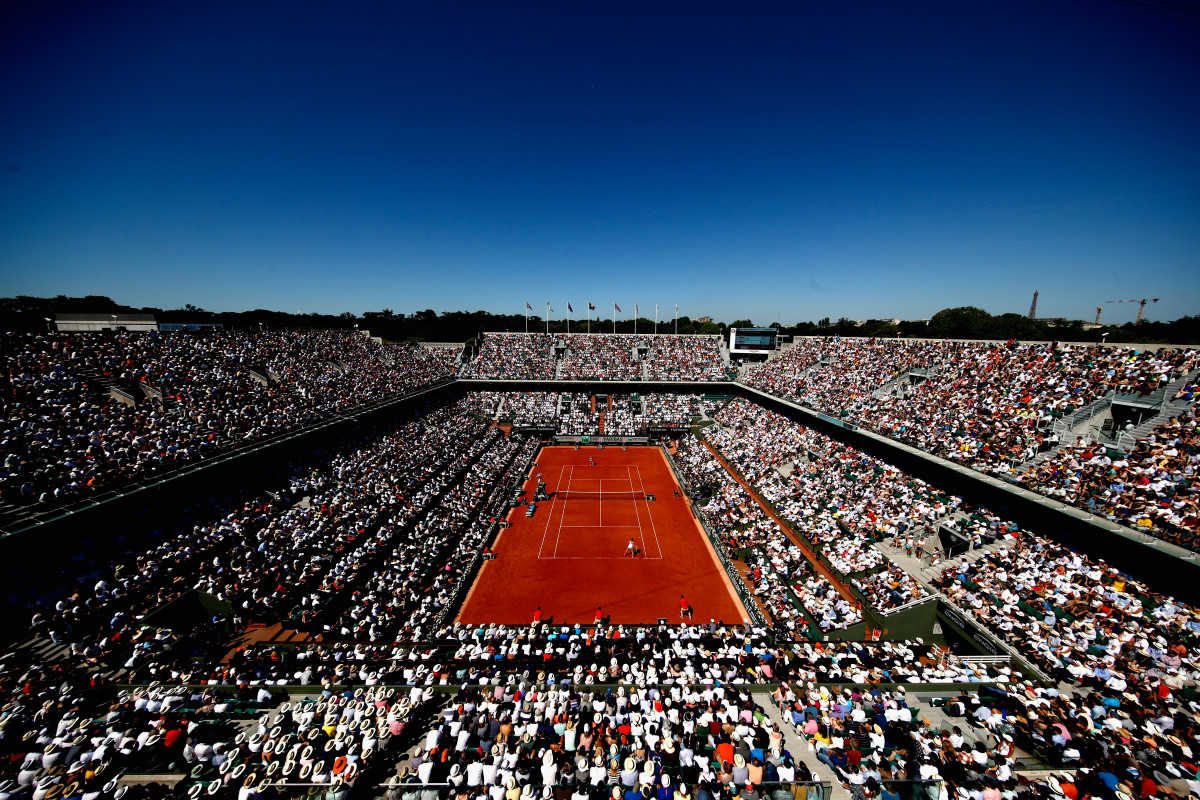
Jelena Ostapenko
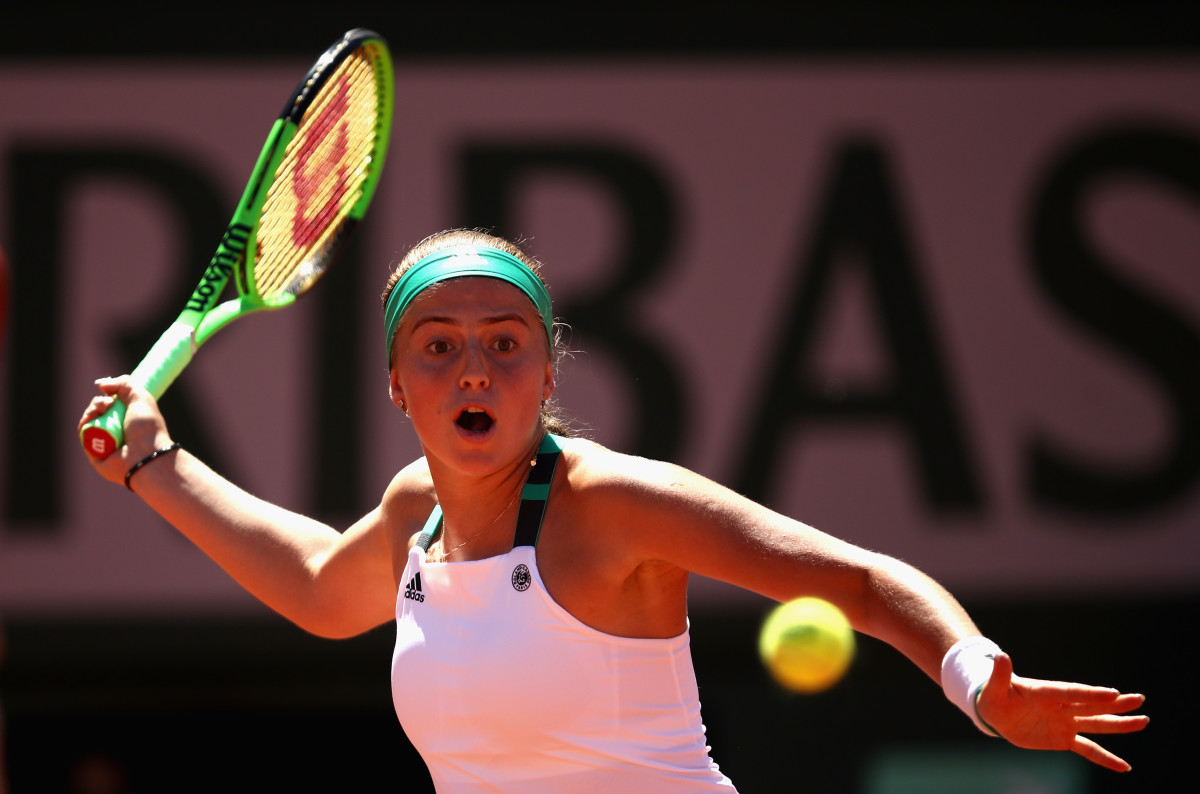
Ryan Harrison, Michael Venus

Santiago Gonzalez, Donald Young, Michael Venus, Ryan Harrison

Simona Halep

Jelena Ostapenko

Jelena Ostapenko
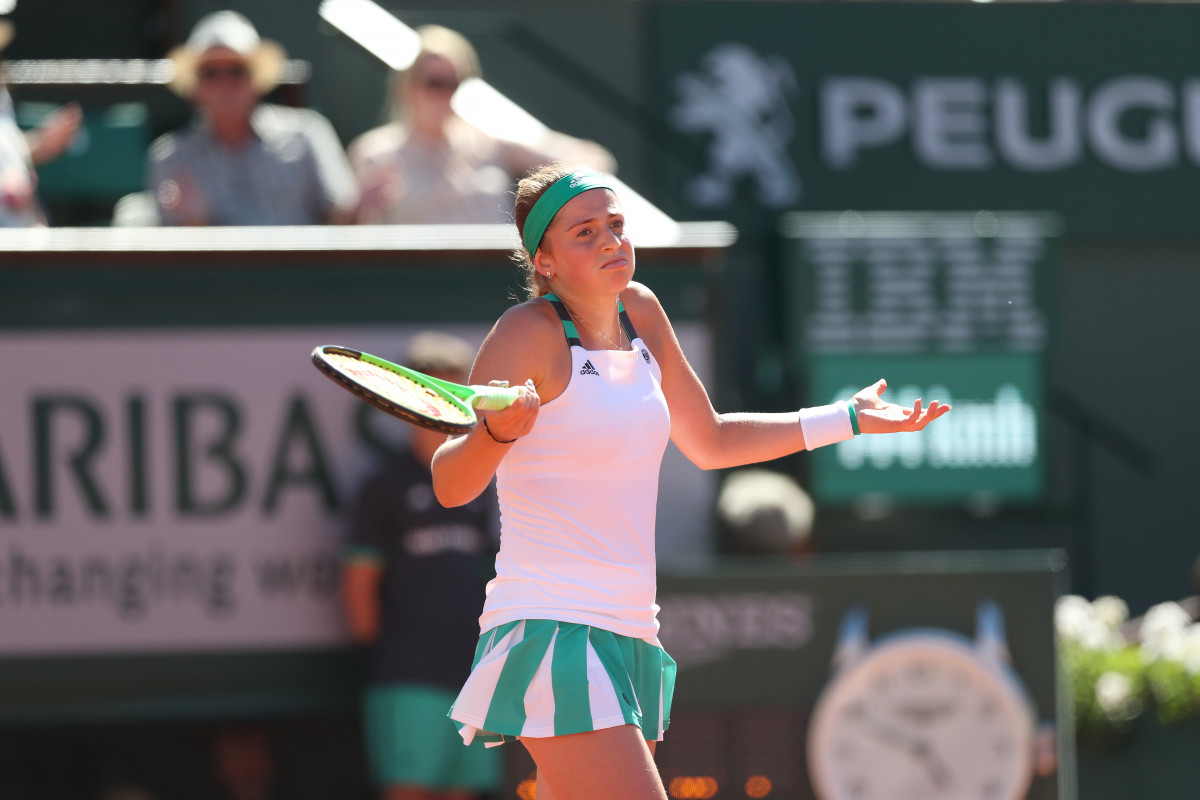
Jelena Ostapenko

Simona Halep

Lucie Safarova, Bethanie Mattek-Sands

Lucie Safarova, Bethanie Mattek-Sands
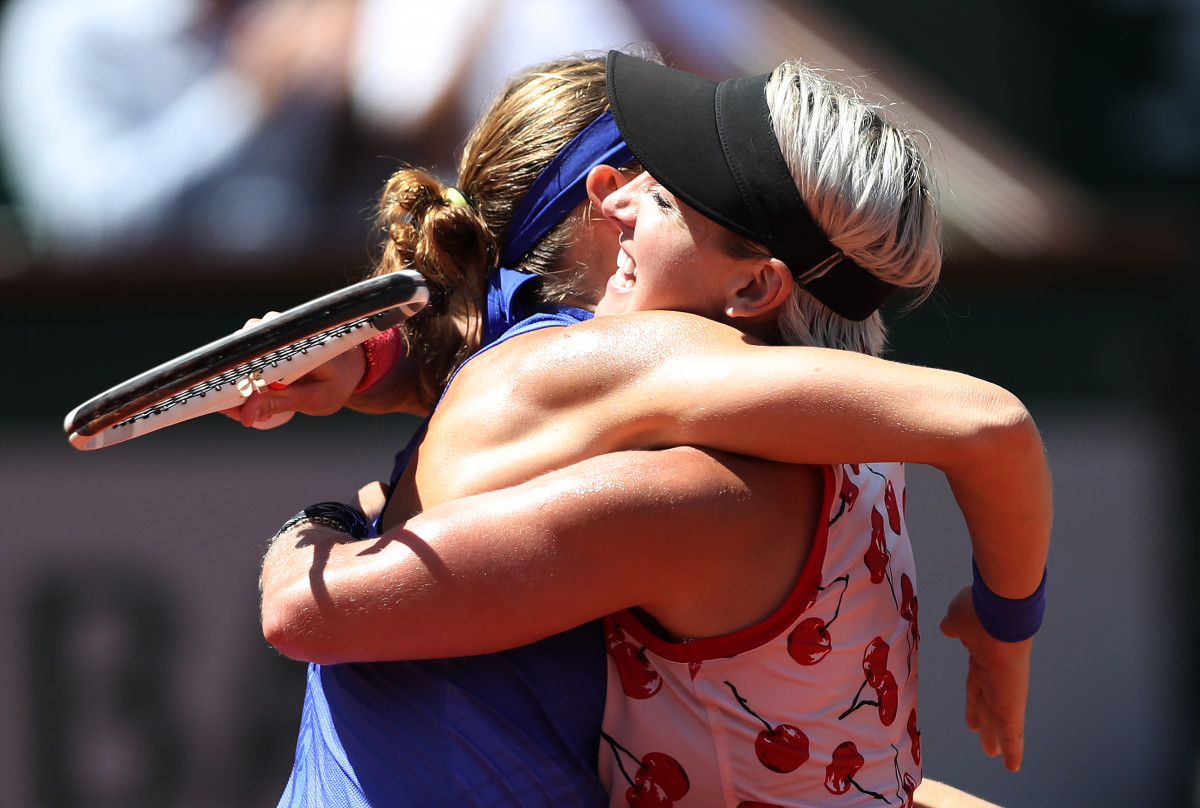
Rafael Nadal
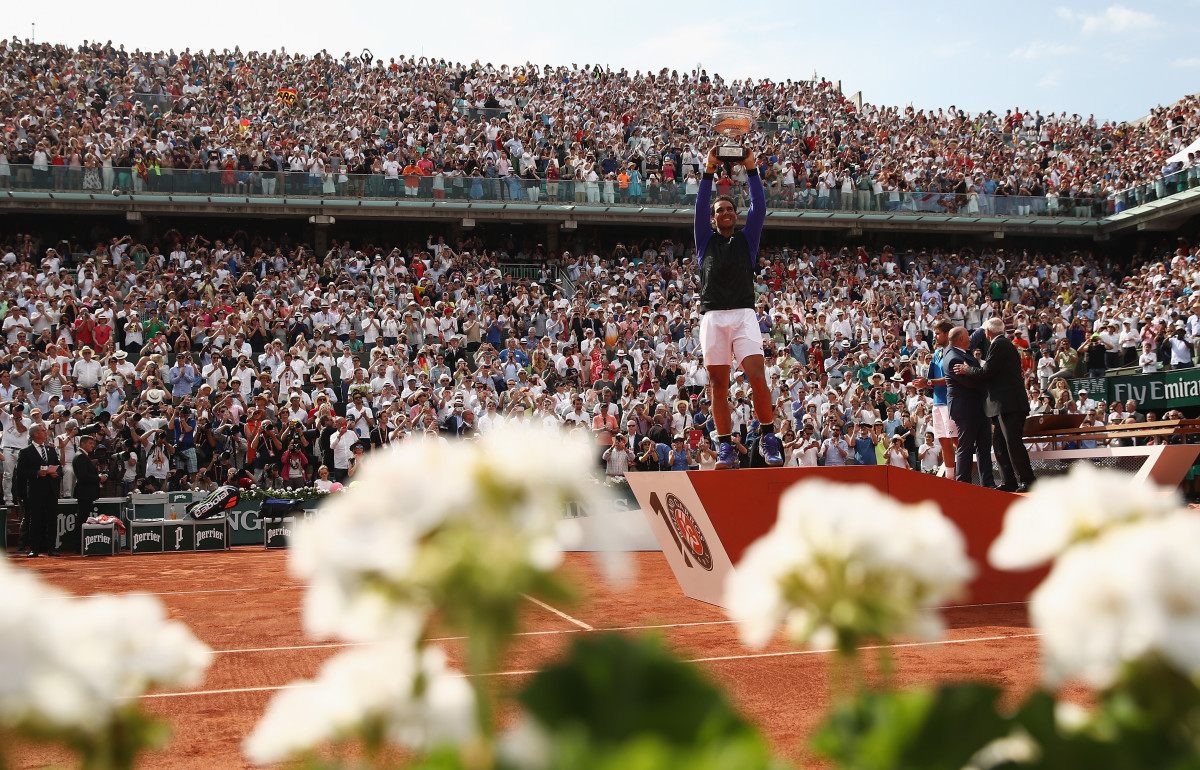
Jelena Ostapenko
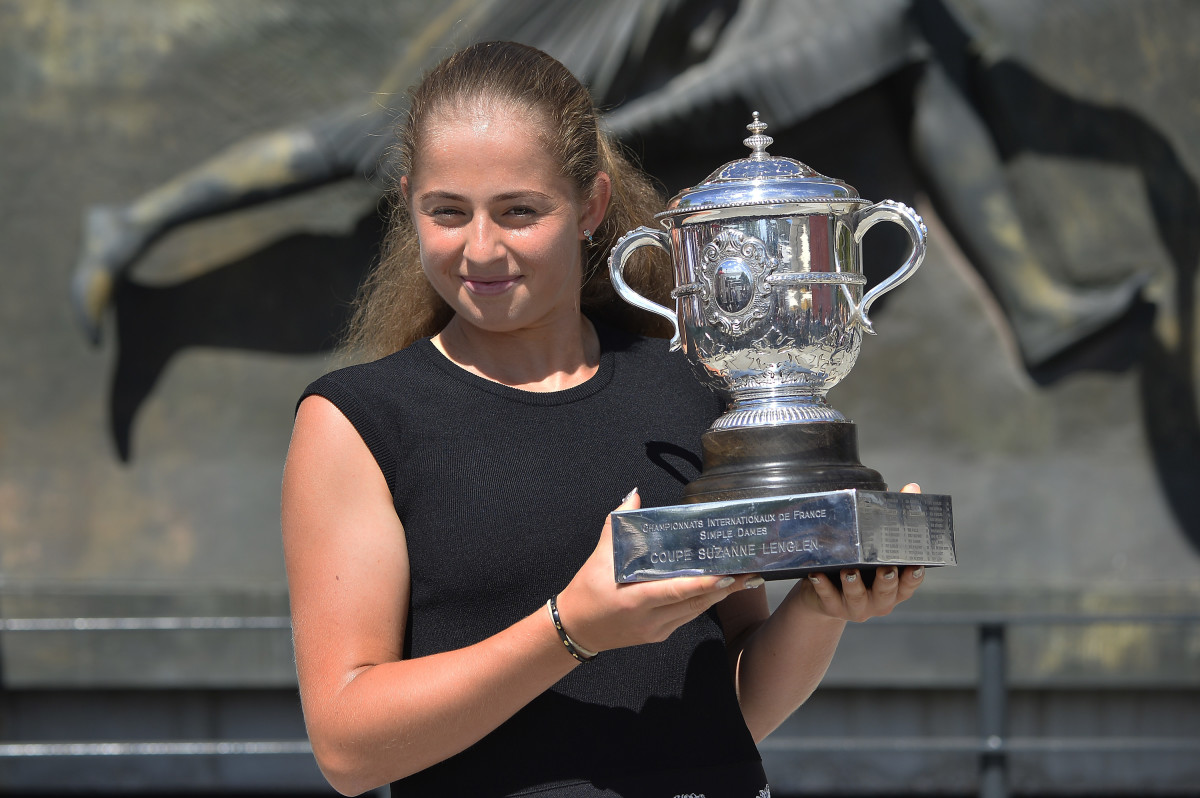
Rafael Nadal

Stan Wawrinka
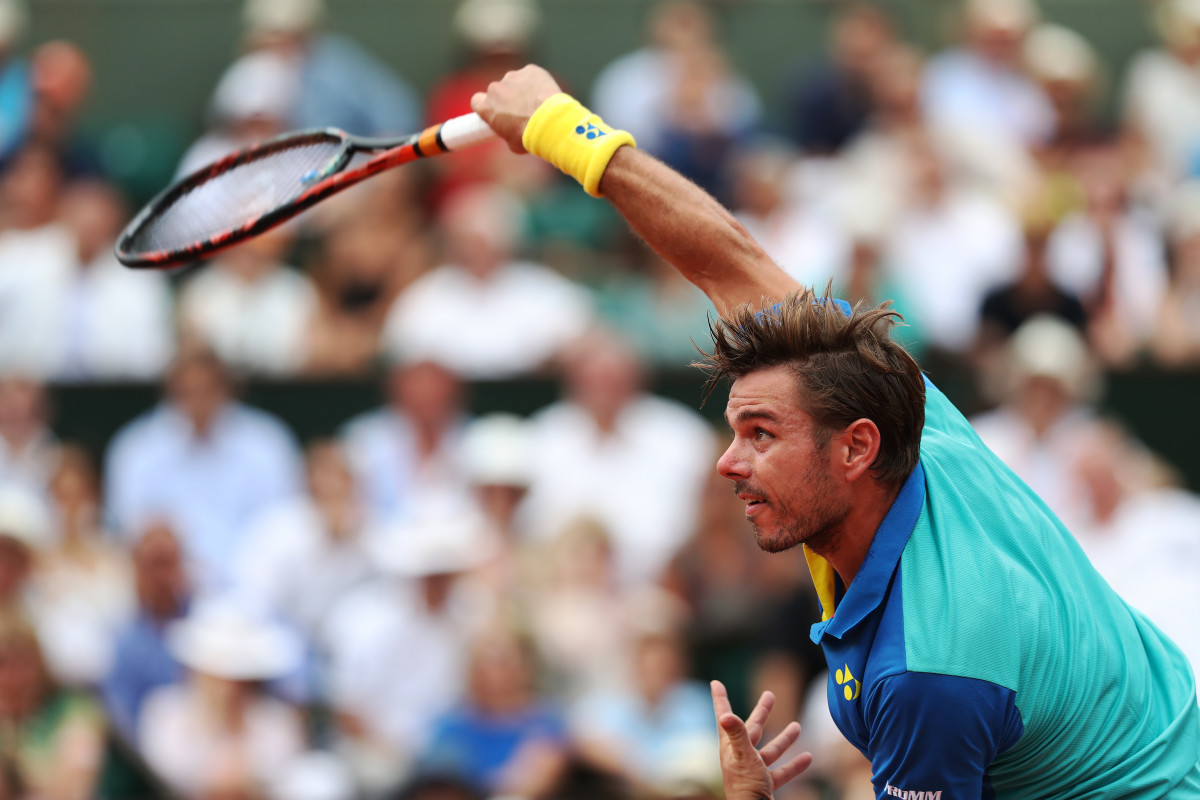
Rafael Nadal

Now that he has, it’s made for a hell of a tennis plot twist. Here we are, heading to Wimbledon halfway through 2017 and Nadal, at 31, and Federer, at 35, have split the first two majors and are 1-2 in ranking points accumulated this year. They don't yield easily, this sport’s pillars.
Meanwhile Novak Djokovic, the sport’s cynosure a year ago, is in a state of decline. What had begun as a slump has grown legs and a tail and become something entirely more worrisome. A week before the French Open, Djokovic announced that he was hiring Andre Agassi, as much as a life coach as a tennis coach. In the quarterfinals, though, Djokovic performed with all the passion and charisma of Siri, losing to the ascending Austrian, Dominic Thiem, by the troubling score of 7-6, 6-3, 6-0.
The women’s tour is still more chaotic. With Serena Williams an expecting mother, Venus Williams about to turn 37, and Maria Sharapova denied a wild card coming off her doping ban (and now out of Wimbledon with a thigh injury), every tournament presents a wide-open chasm of opportunity for the rest of the field. In Paris, it was filled by Jelena Ostapenko, a 20-year-old Latvian who had never before won a professional tournament. In the final, Ostapenko trailed Simona Halep, the third seed, 6-4, 3-0 but continued her high-risk-high-reward ballstriking. Halep blinked. “I just kept going for it,” Ostapenko said. True, that.
Lifted by her aggressive game, unseeded Jelena Ostapenko triumphs at Roland Garros
Same for Nadal. On Sunday afternoon, he faced Stan Wawrinka—the third seed, the 2015 winner and a future Hall of Famer—and essentially played solitaire for three sets. This, his 15th major title, vaults him ahead of Pete Sampras and puts him back in contention with Federer, who has 18.
Upon finishing off a 6-2, 6-3, 6-1 clay masterpiece, Nadal dropped to the clay, splayed his arms and legs and resembled a star. After that brief moment of self-glorification, Nadal quickly rose to shake his opponent’s hand. As he brushed himself off, Nadal loosed a cloud of particulates that hung in the Paris air. They were grains of clay. And not, happily, sands of time.
